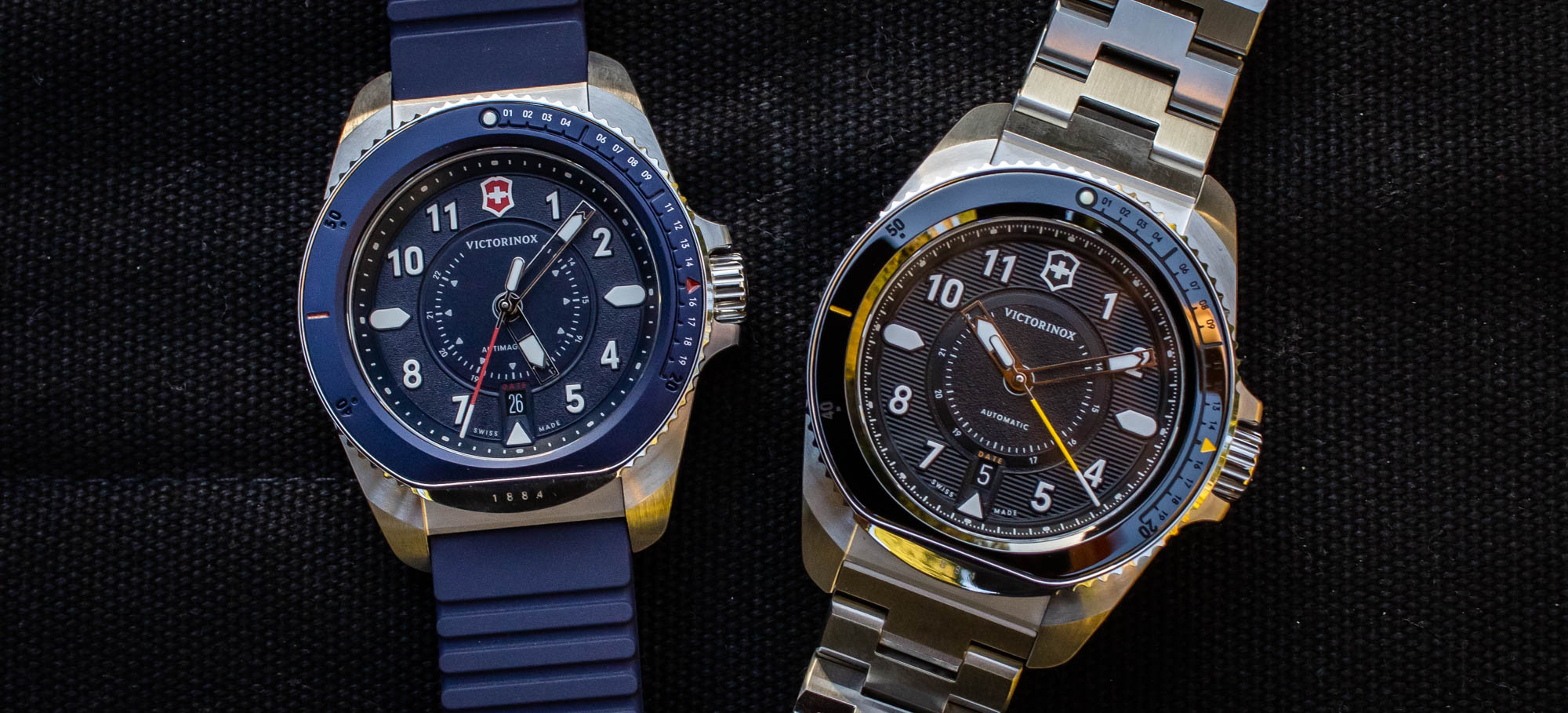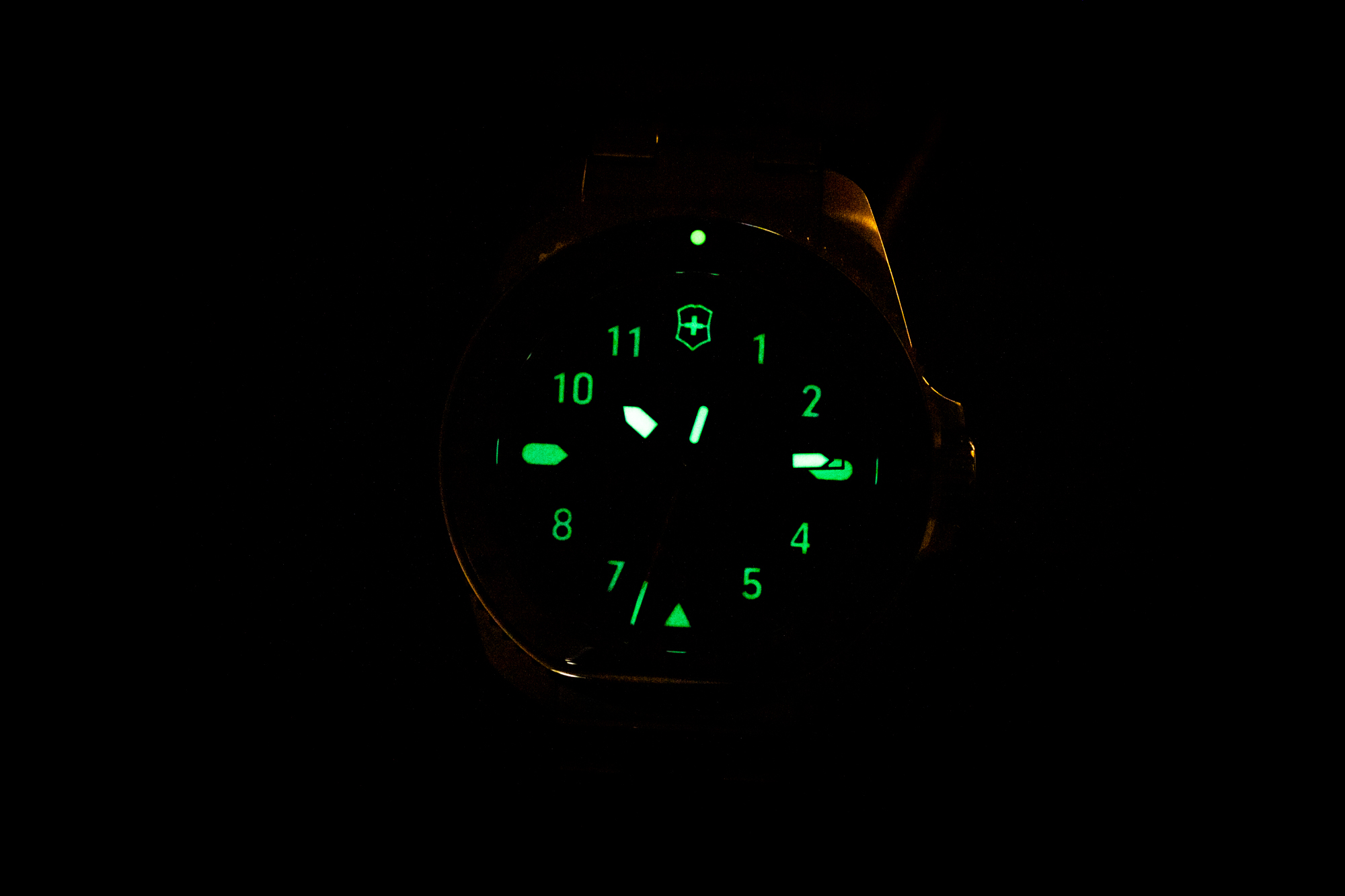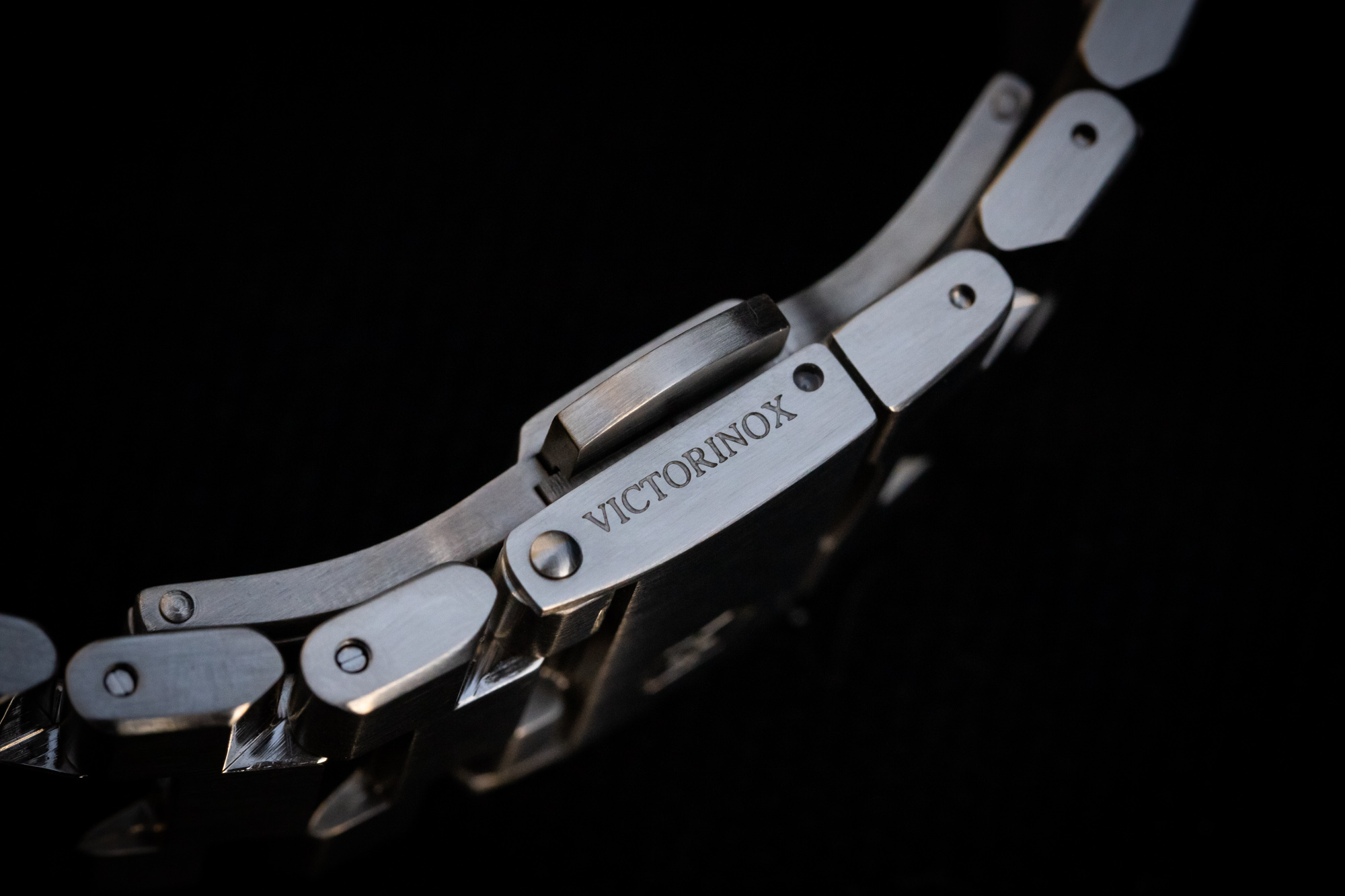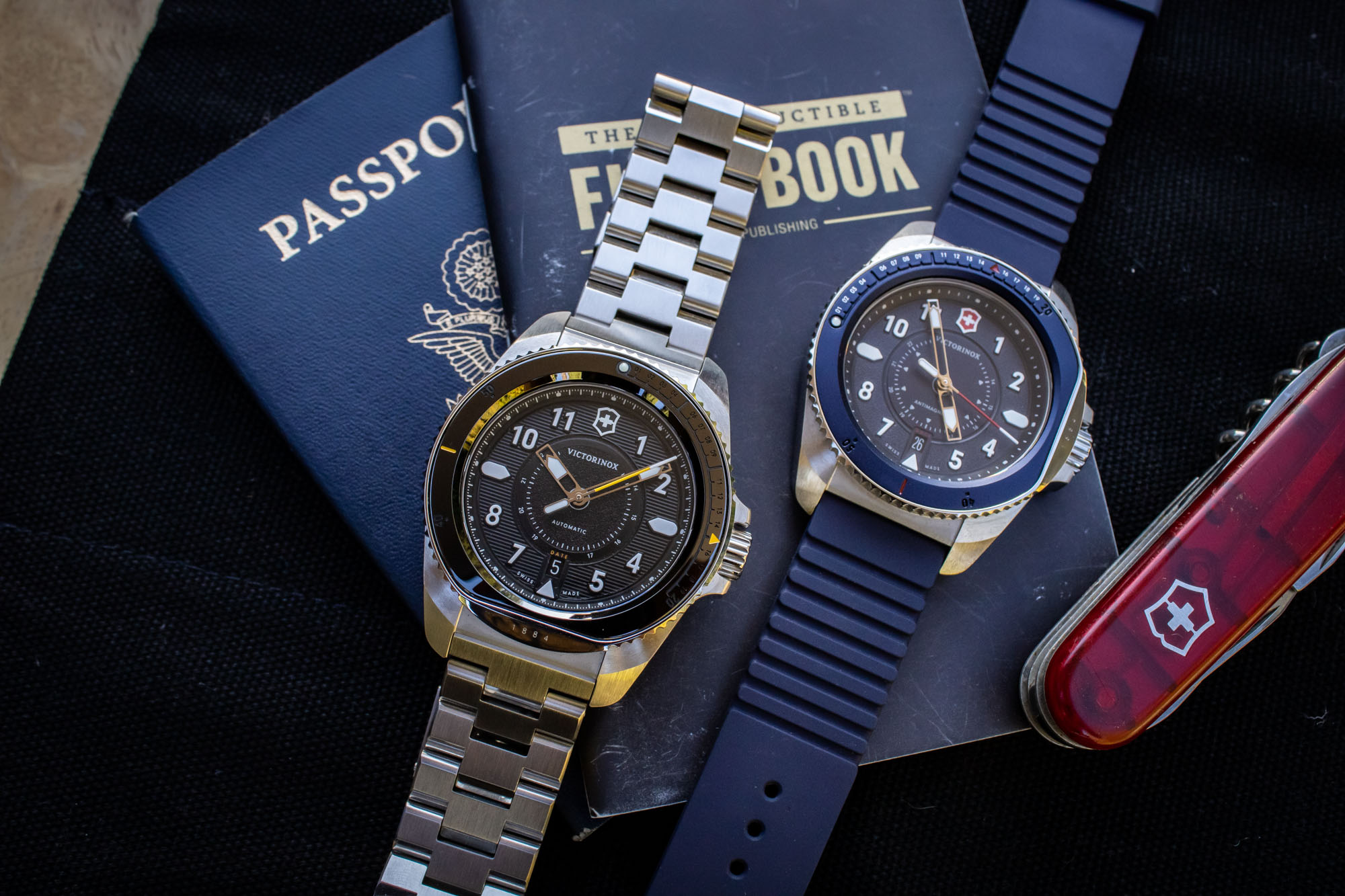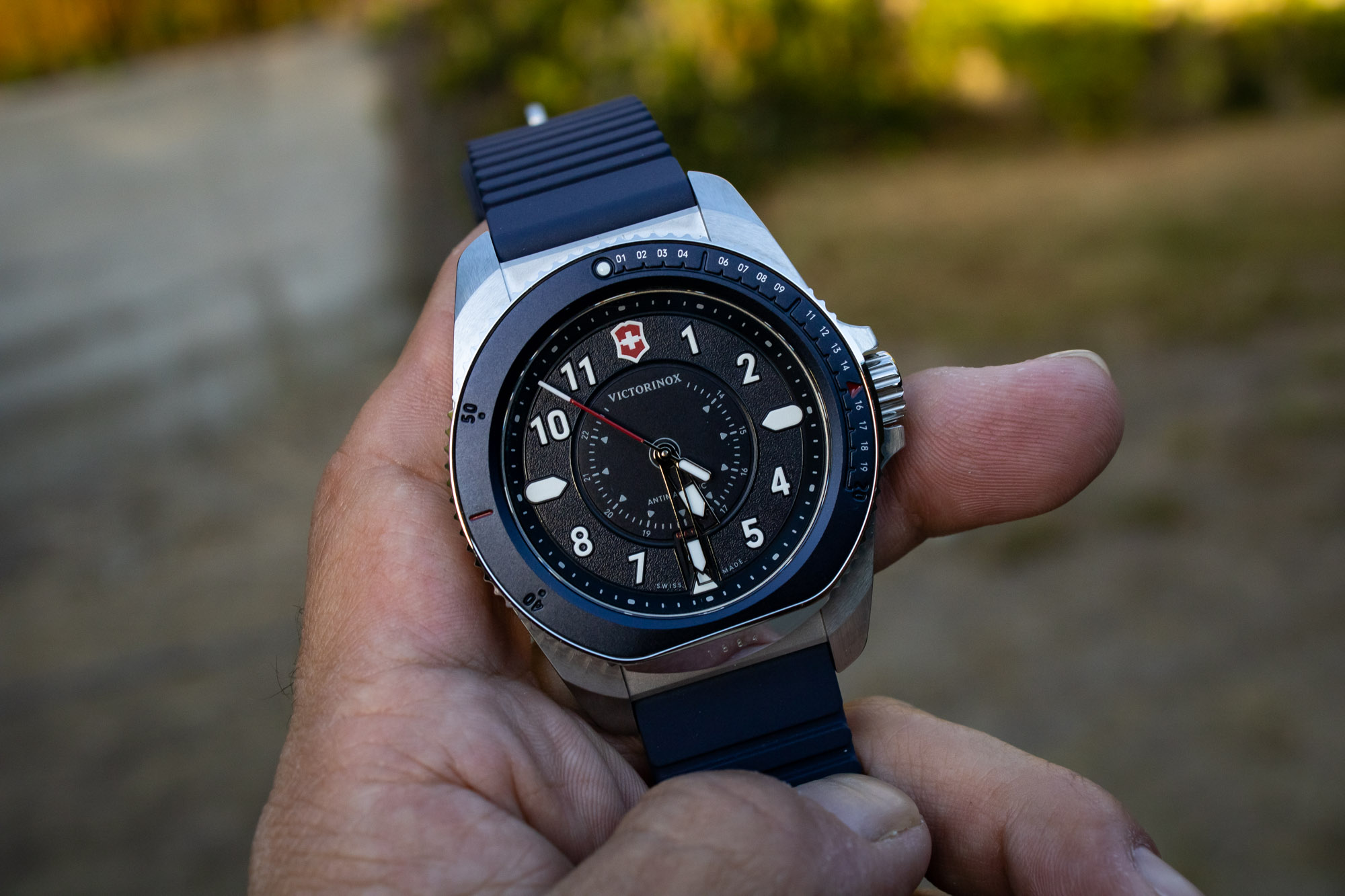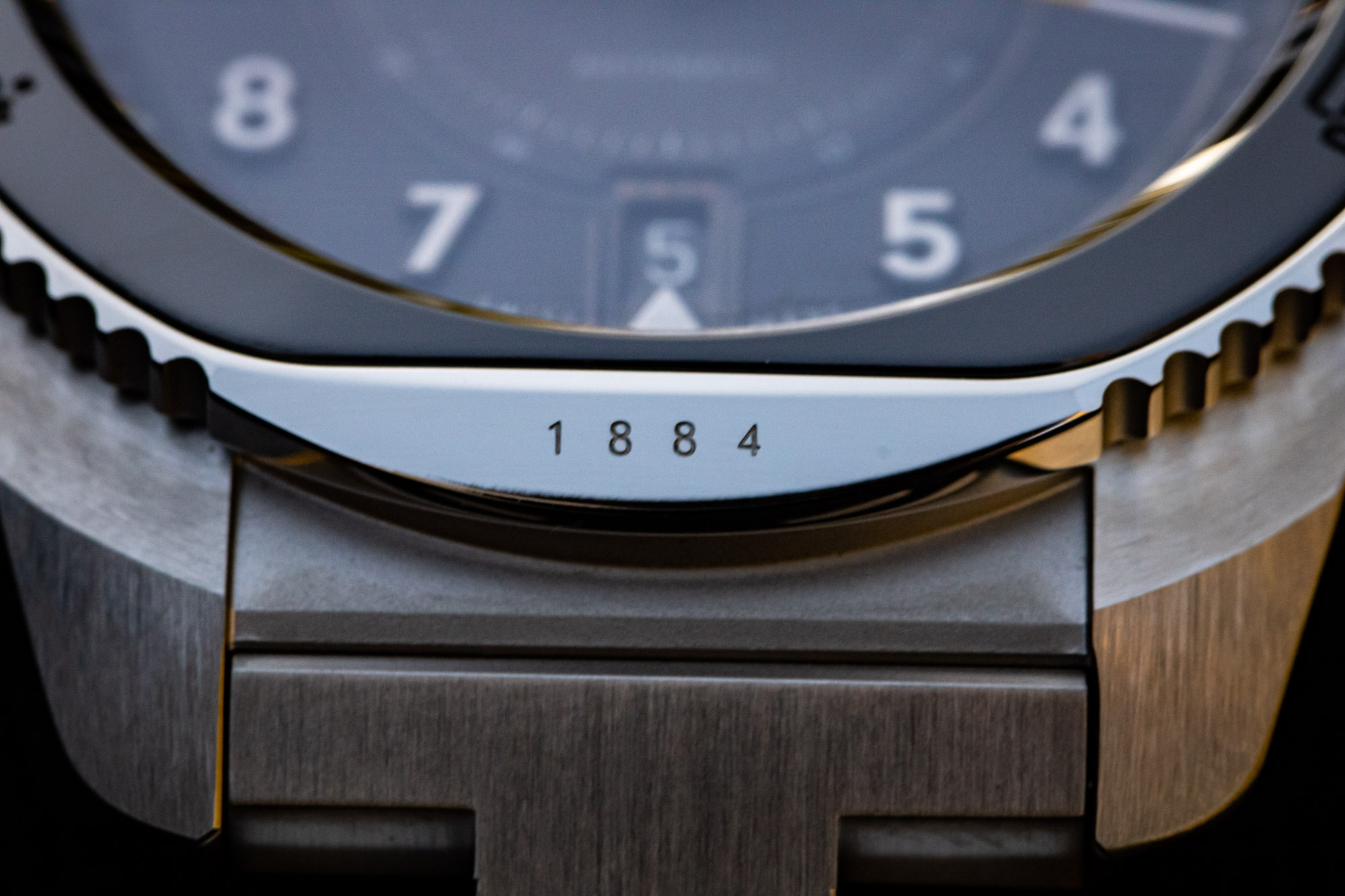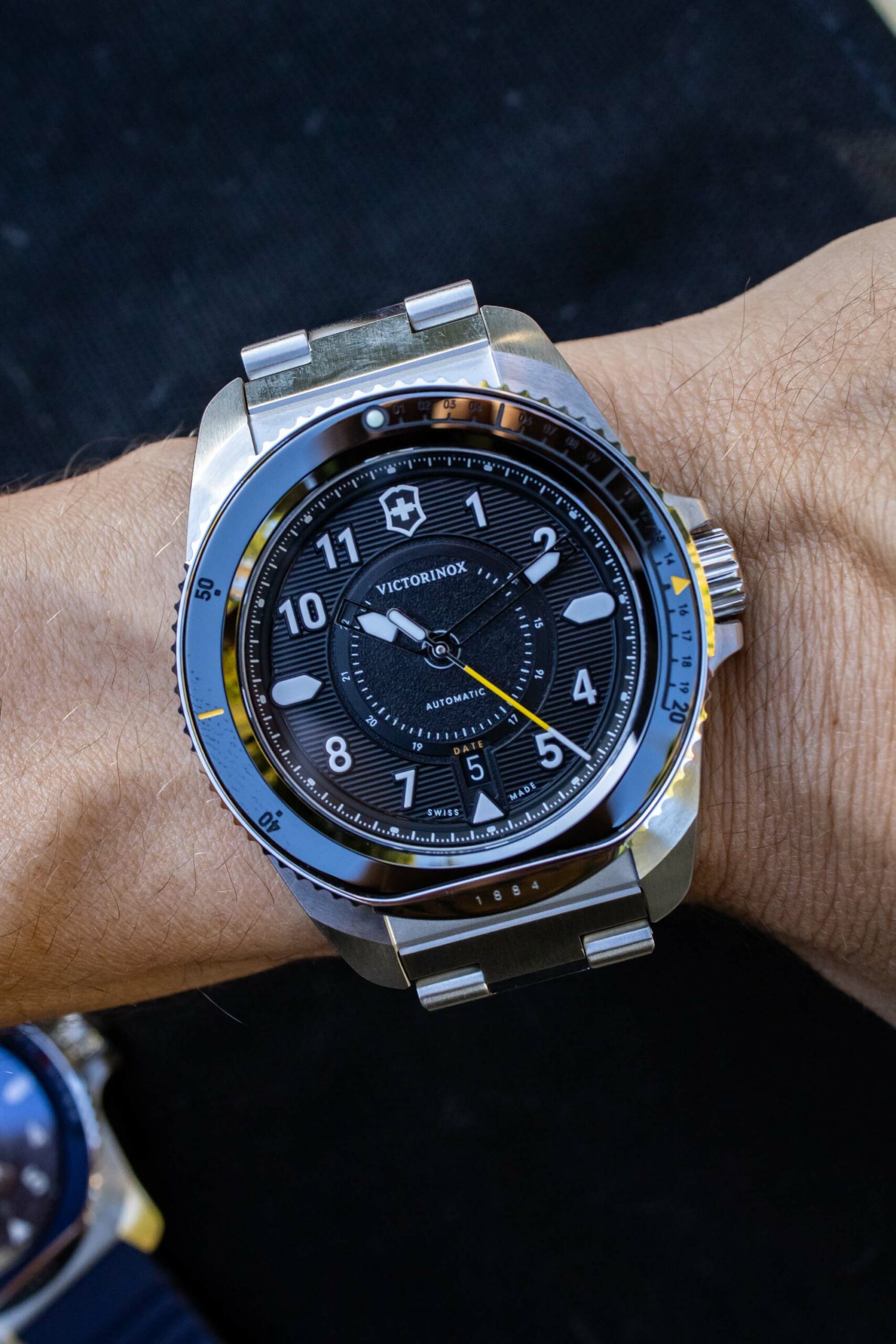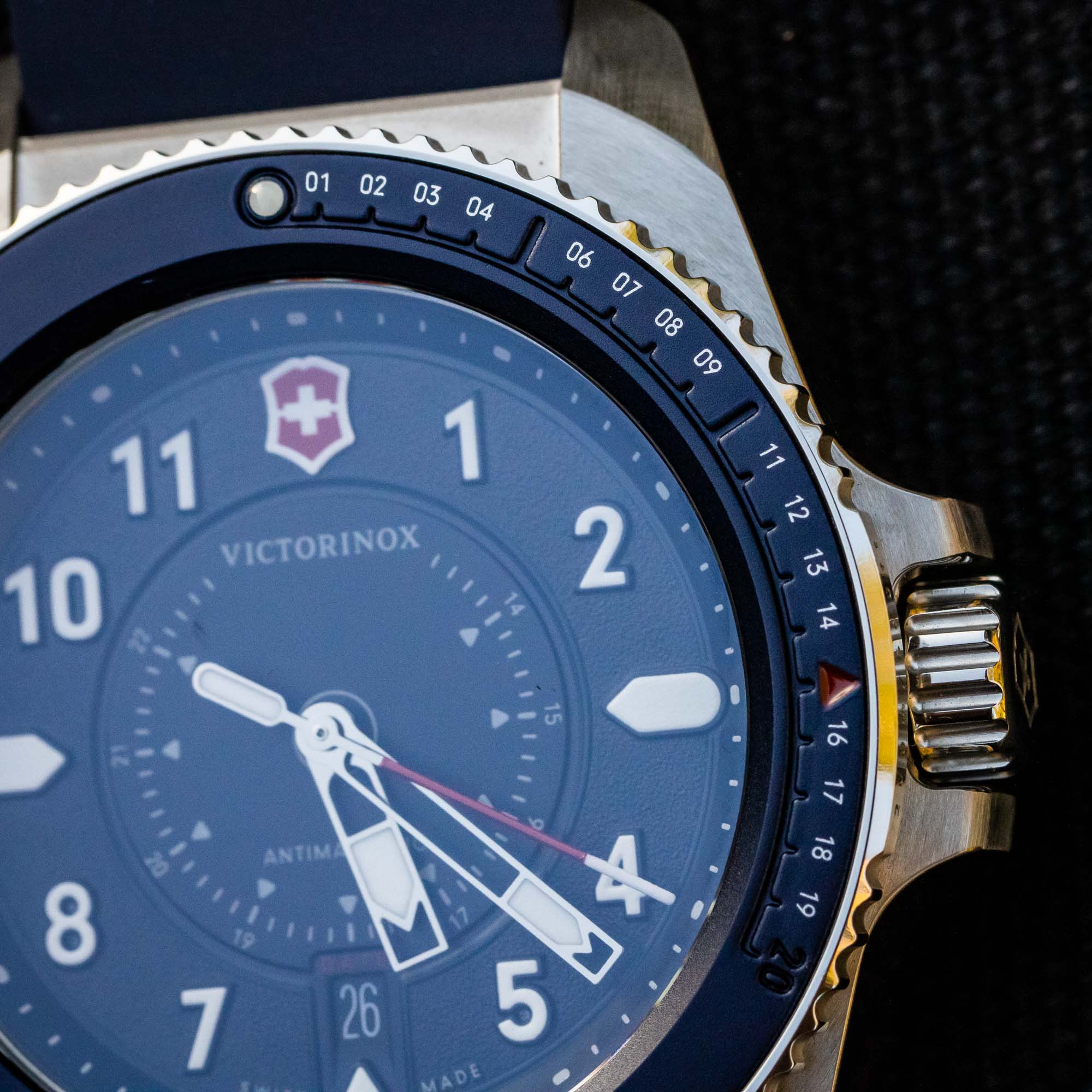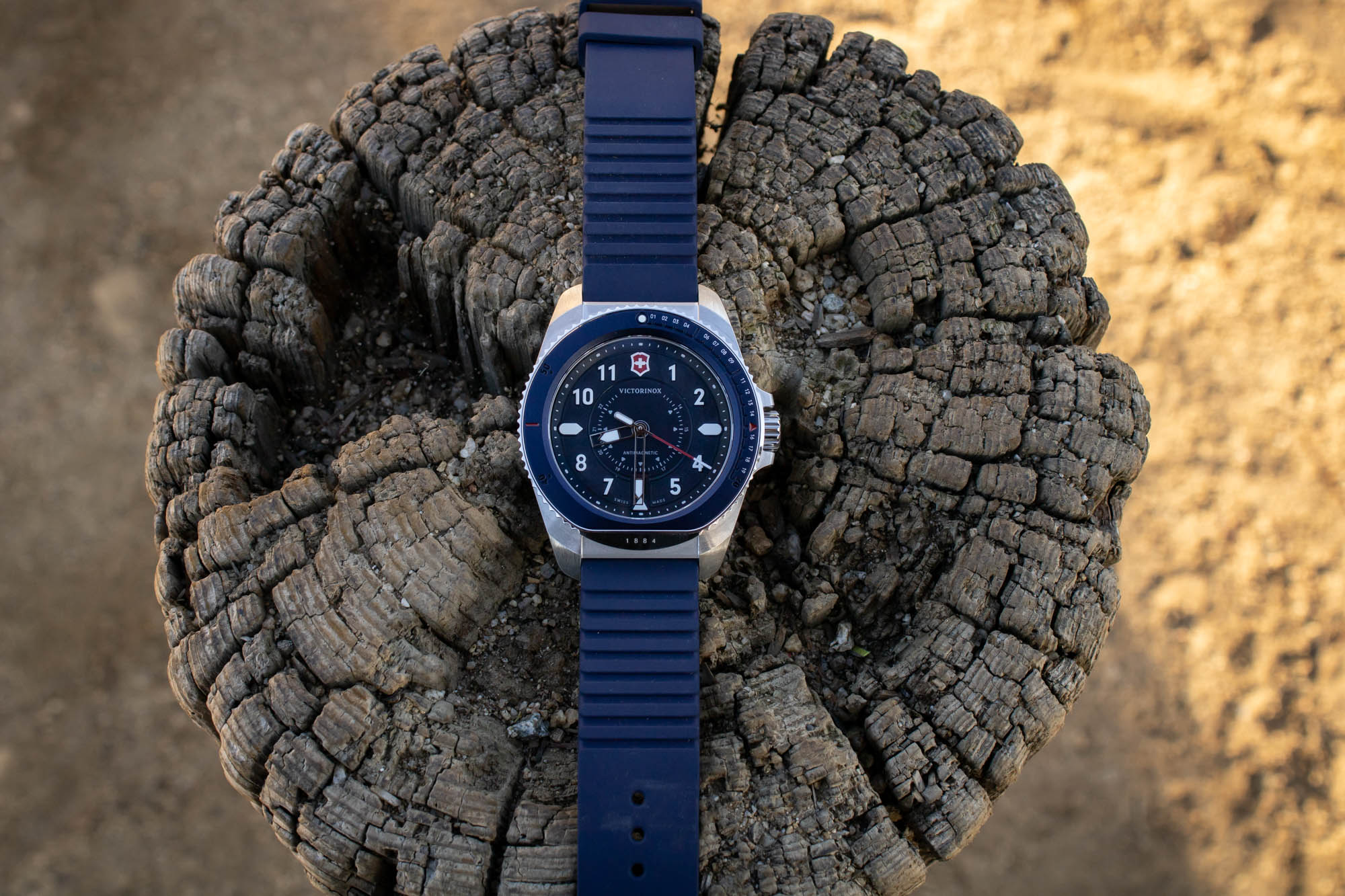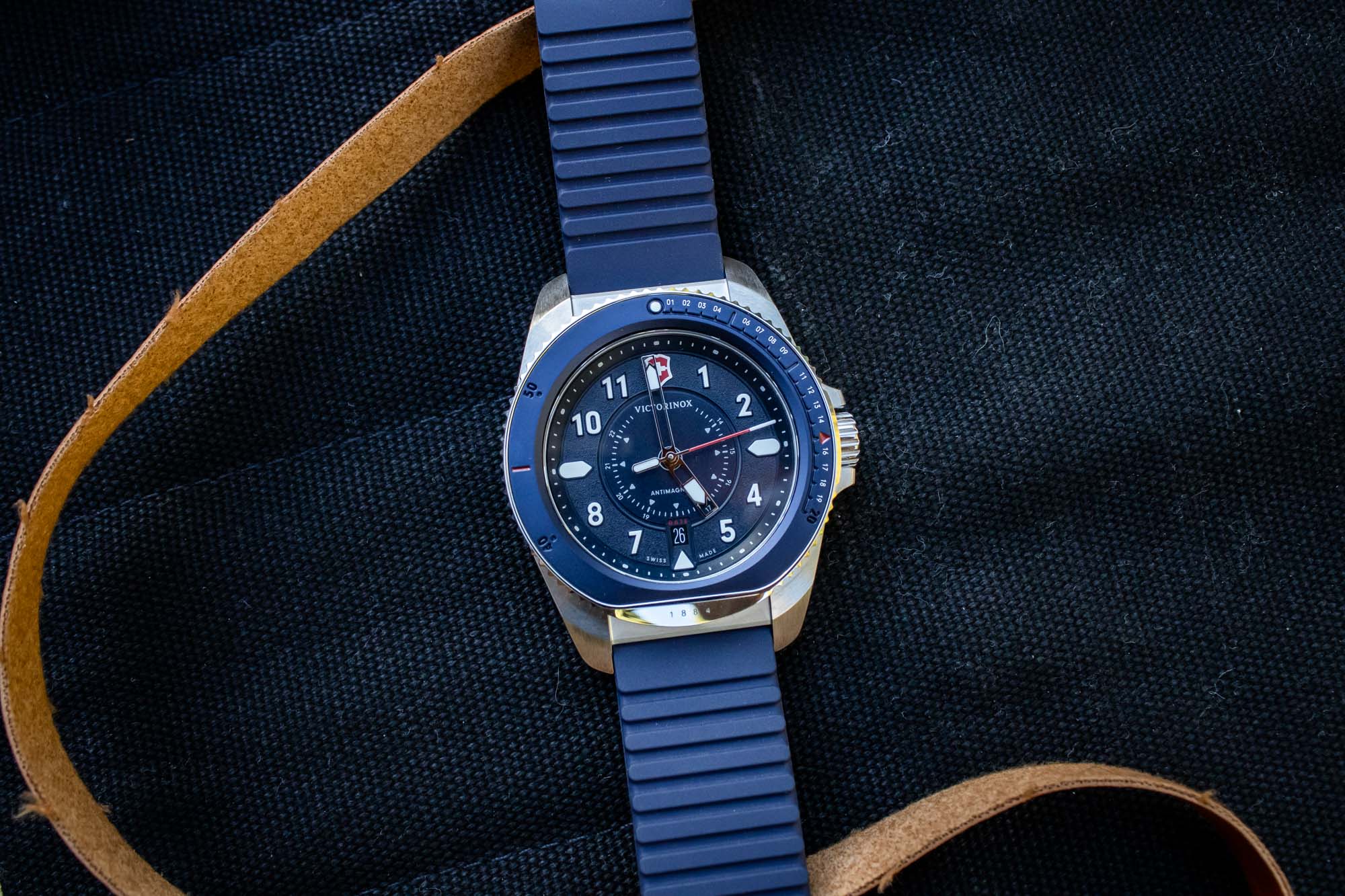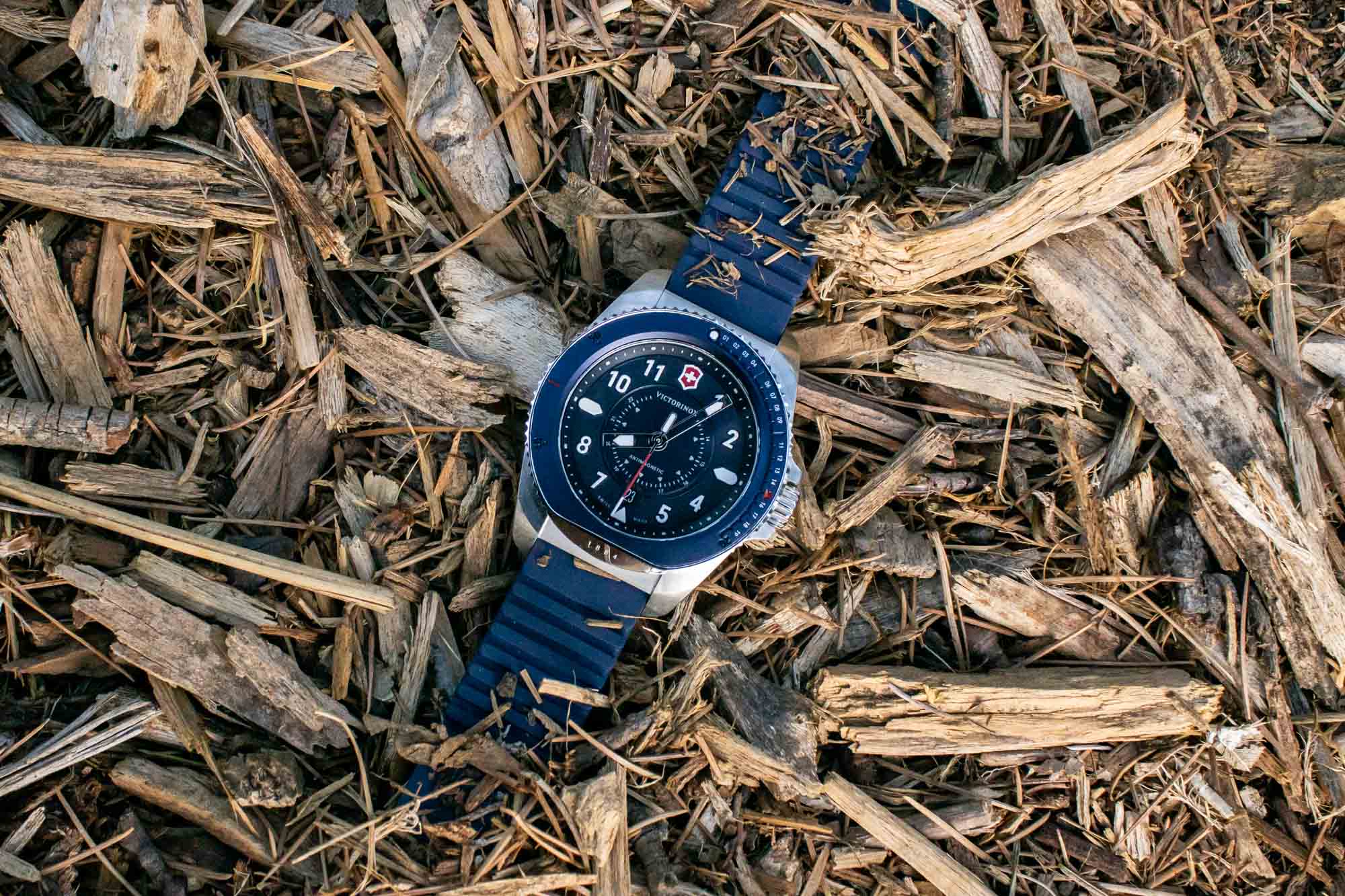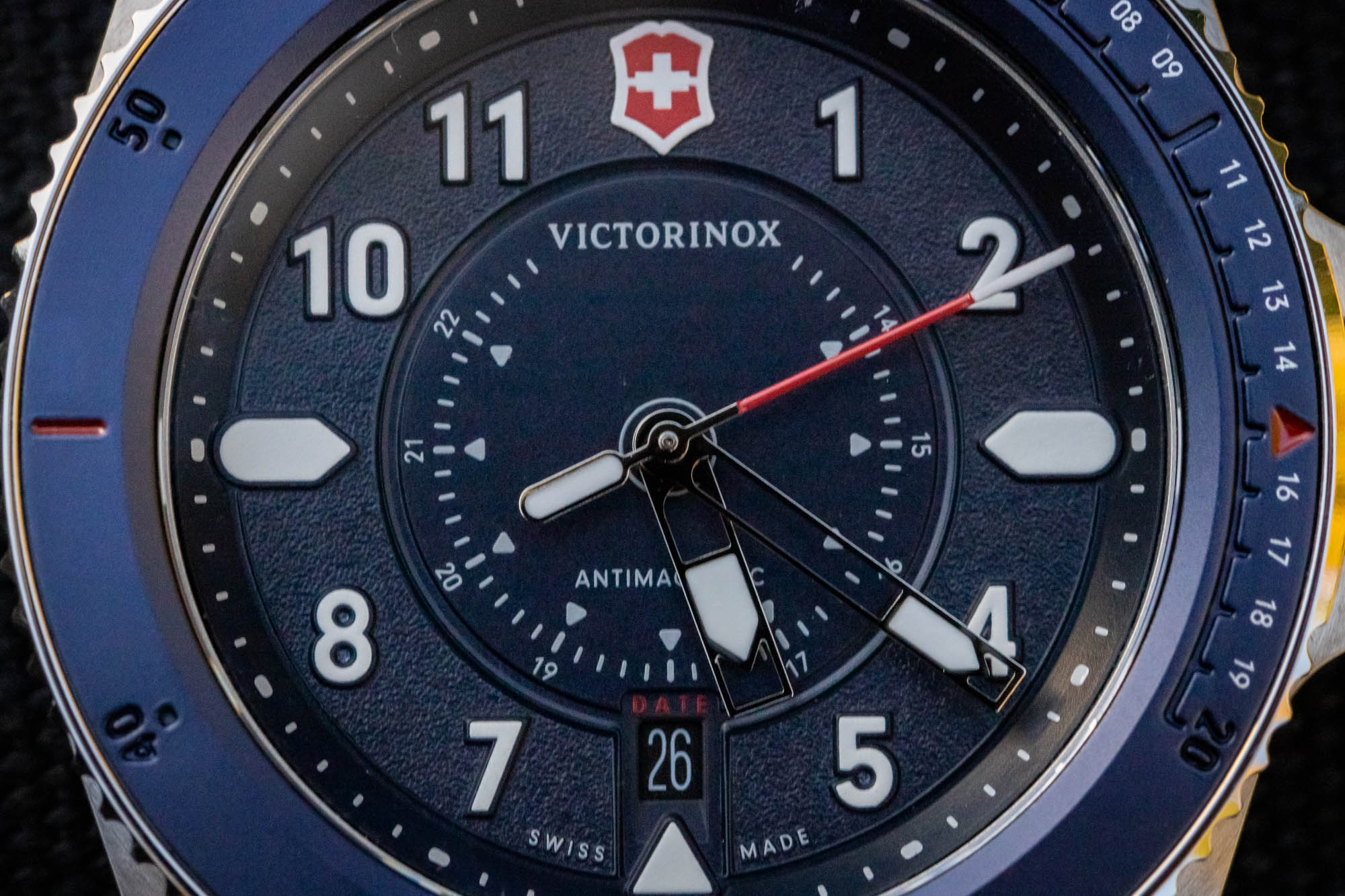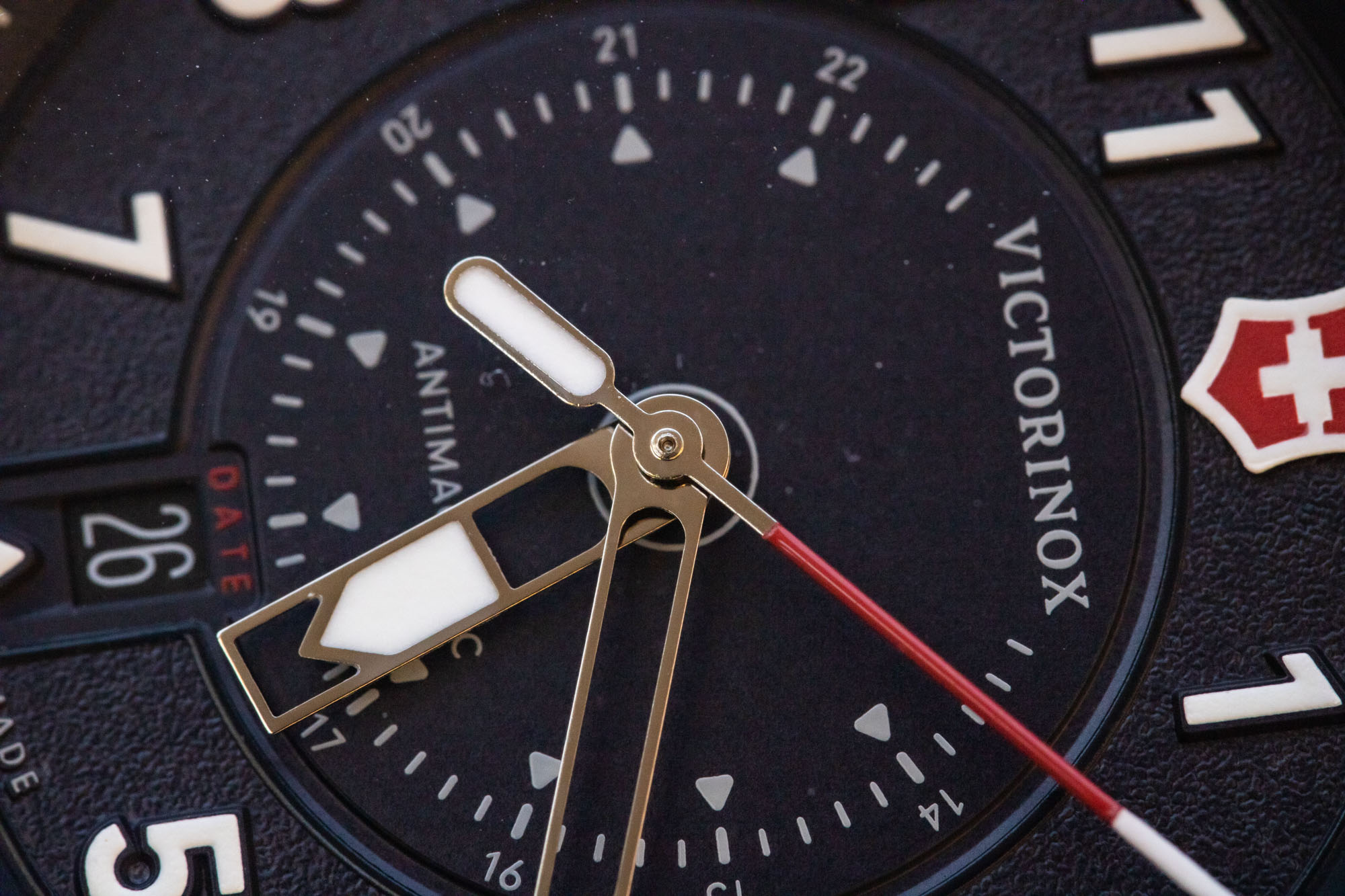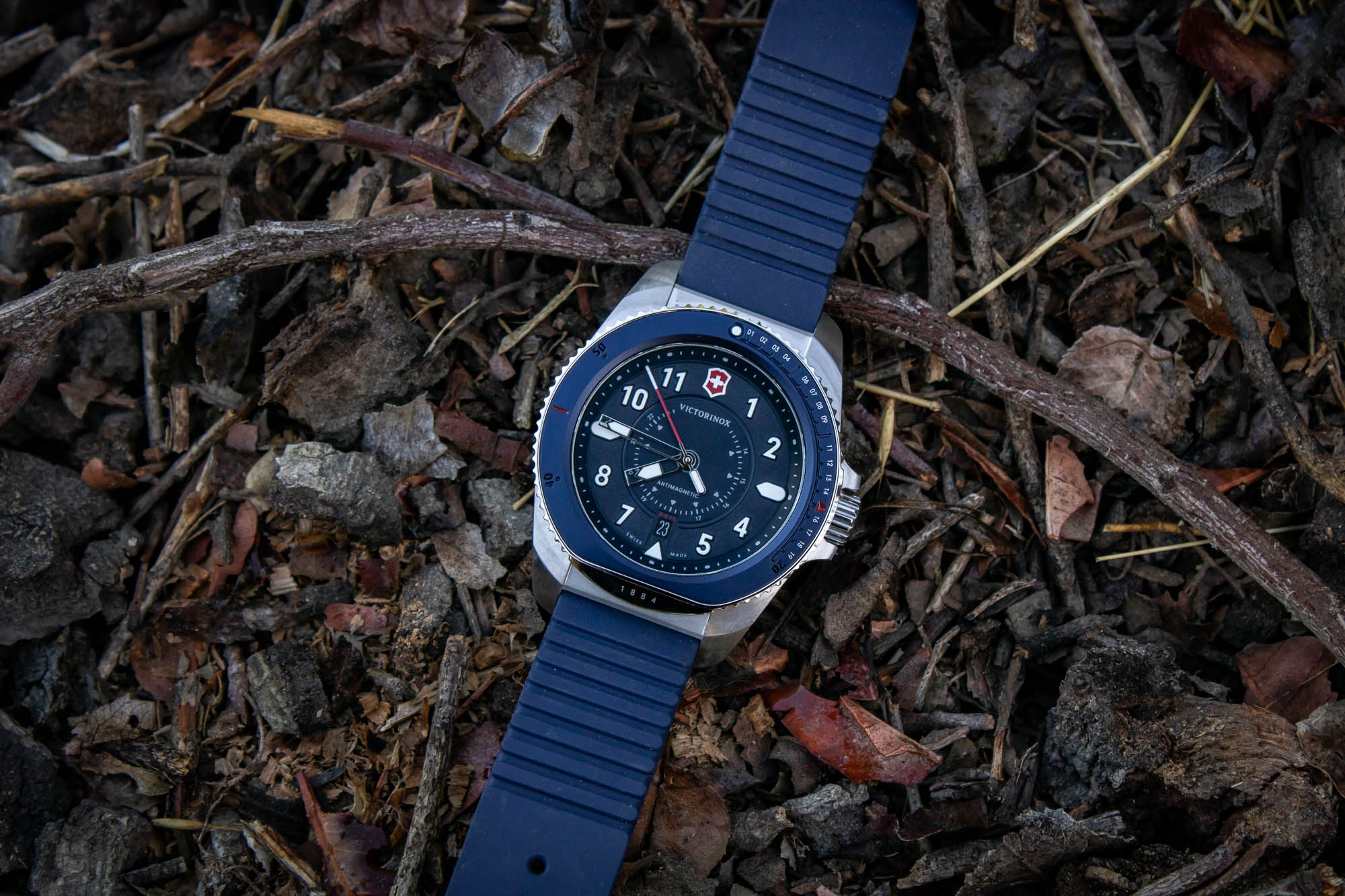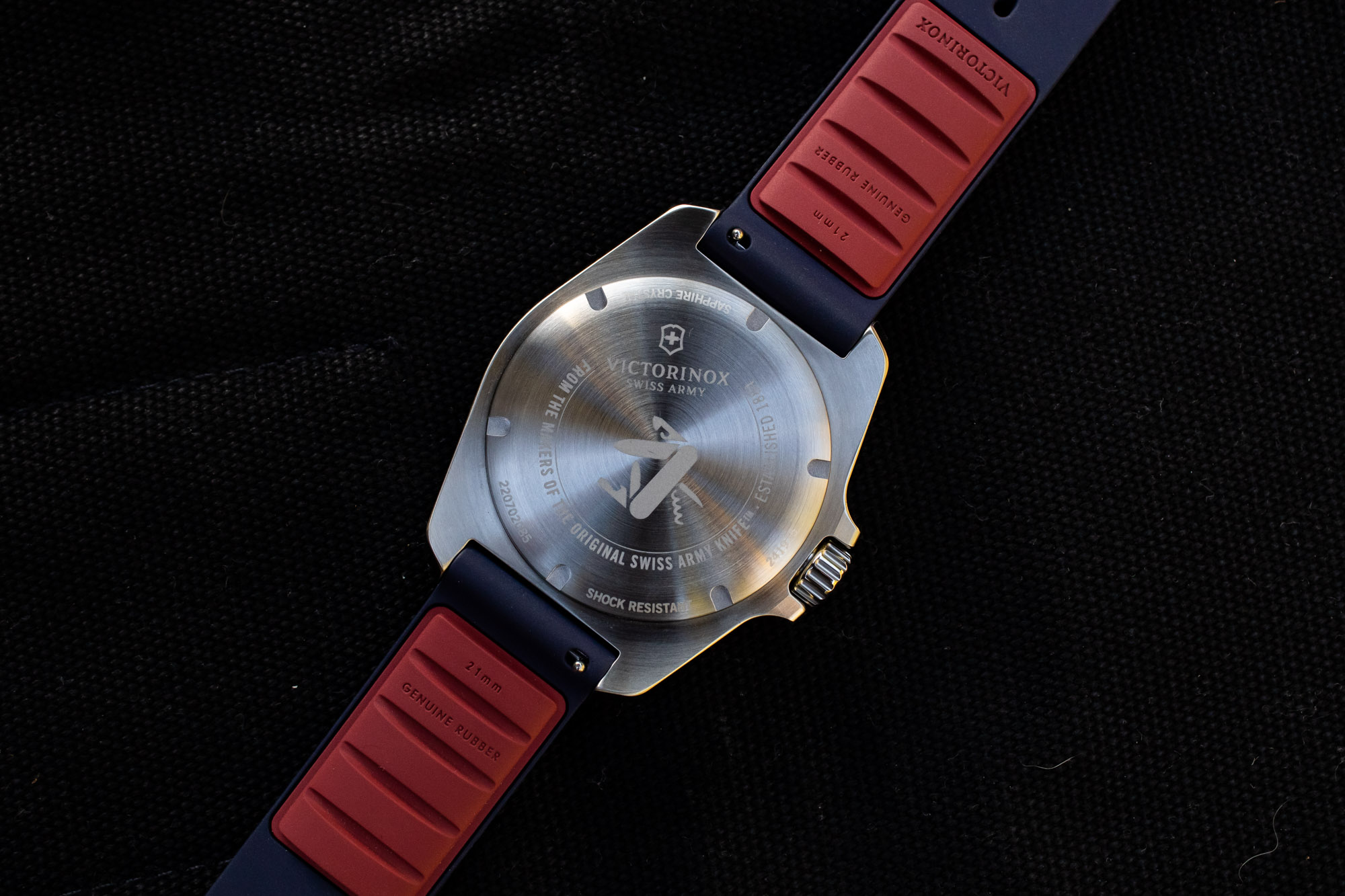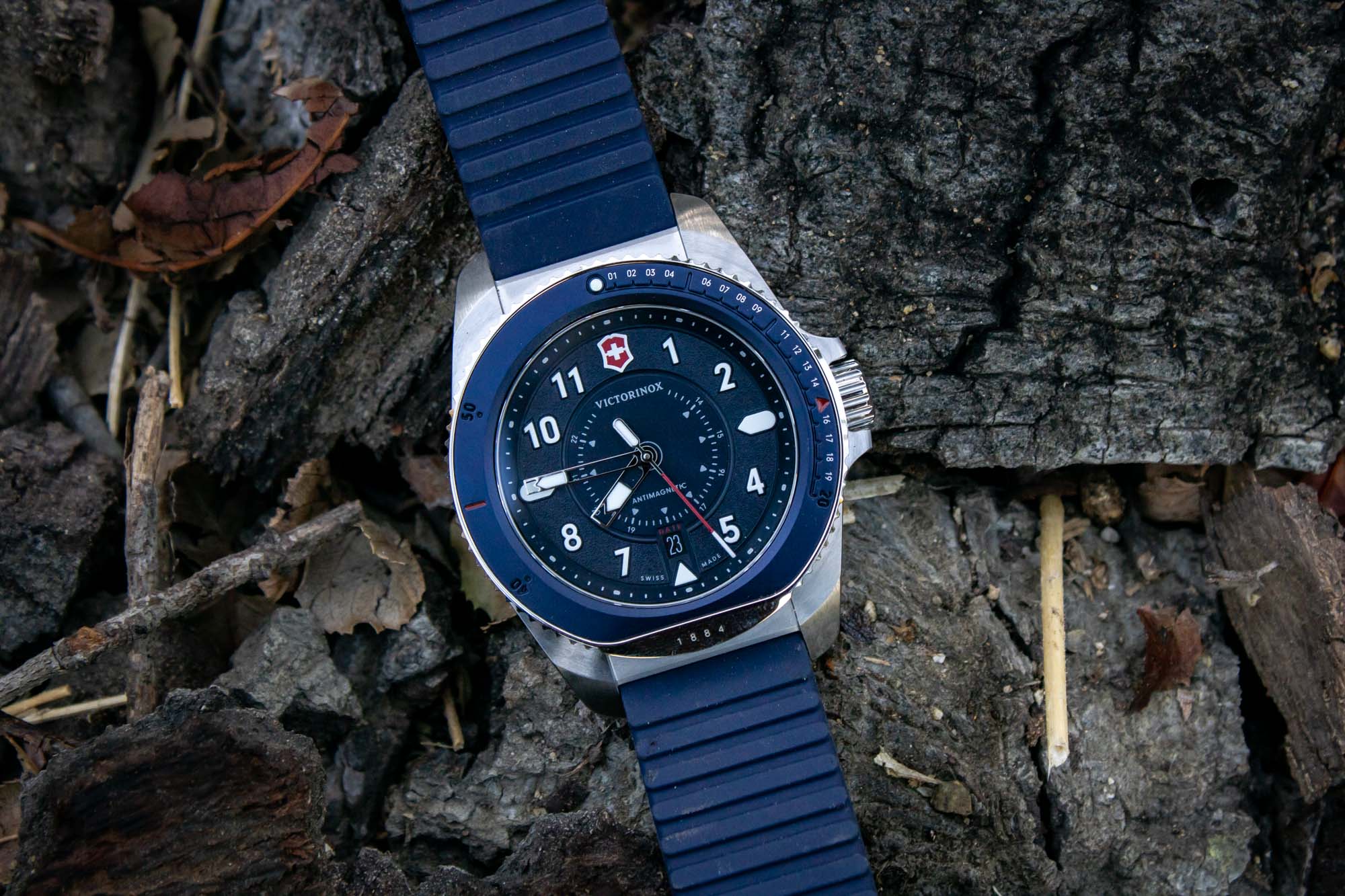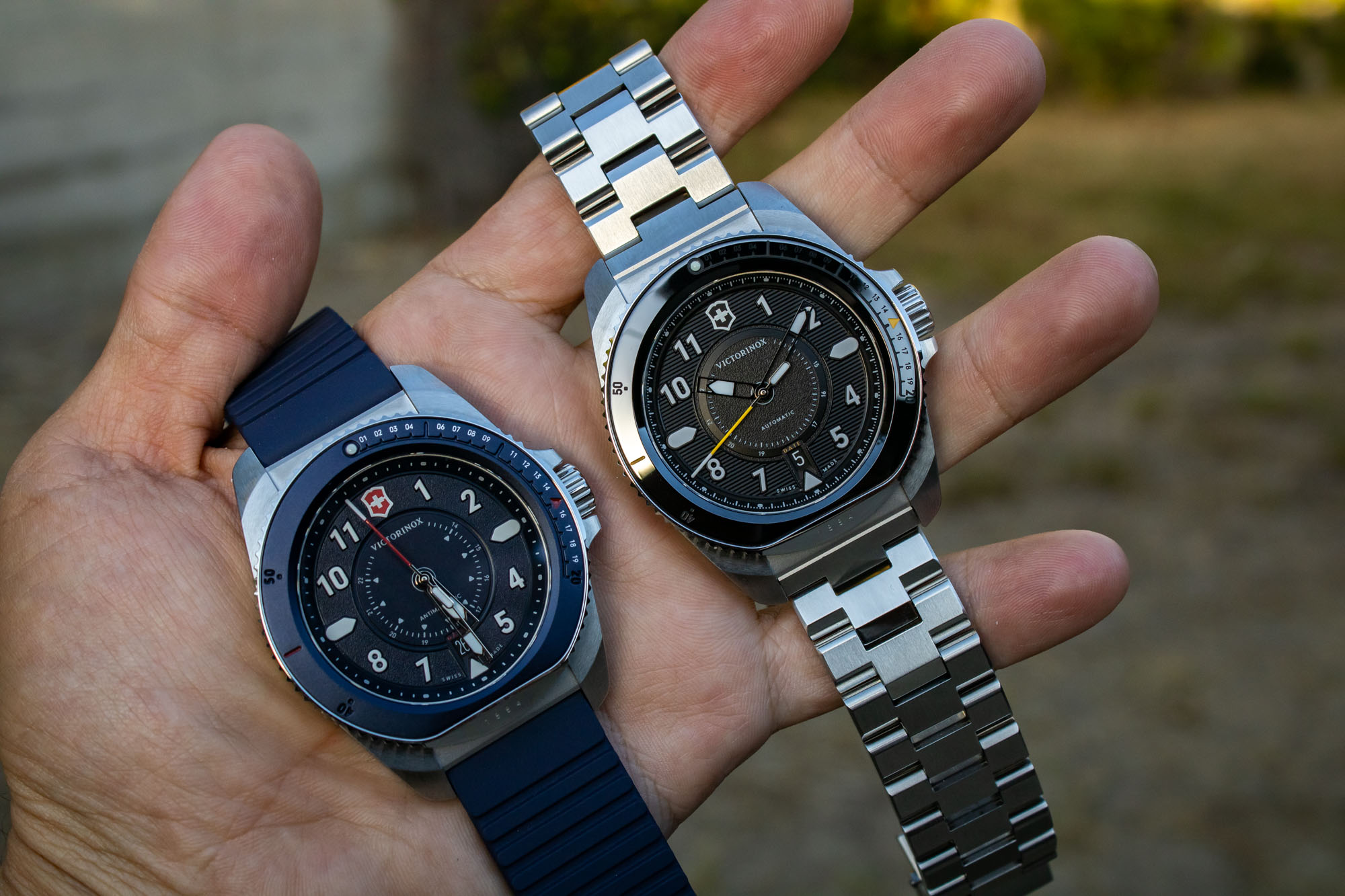
For a while now, I’ve been saying that one of the more underserved categories of timepieces is that of the “land adventure watch” (for lack of a better term). Divers and pilots watches are two of the most common types of timepieces currently available, yet very few people actually scuba dive or fly airplanes — and even if they do, most only engage in these activities on a somewhat limited basis. However, significantly more people hike, camp, and participate in general outdoors activities that largely consist of being on dry land, and while a traditional three-handed field watch is technically intended for these types of tasks and environments, you’ll need to reach for something else if your adventures take you too deep into the water. Plus, with no additional features or complications and often not even a date display, a classic field watch isn’t really any more well-suited to a life outdoors than any other relatively durable wristwatch. Consequently, when I heard about the new Victorinox Journey 1884 series inspired by Swiss hiking trails and built to be a timekeeping companion for a wide variety of outdoor activities, I was excited to check it out and see how this rather nebulous category of timepieces was interpreted by the brand.
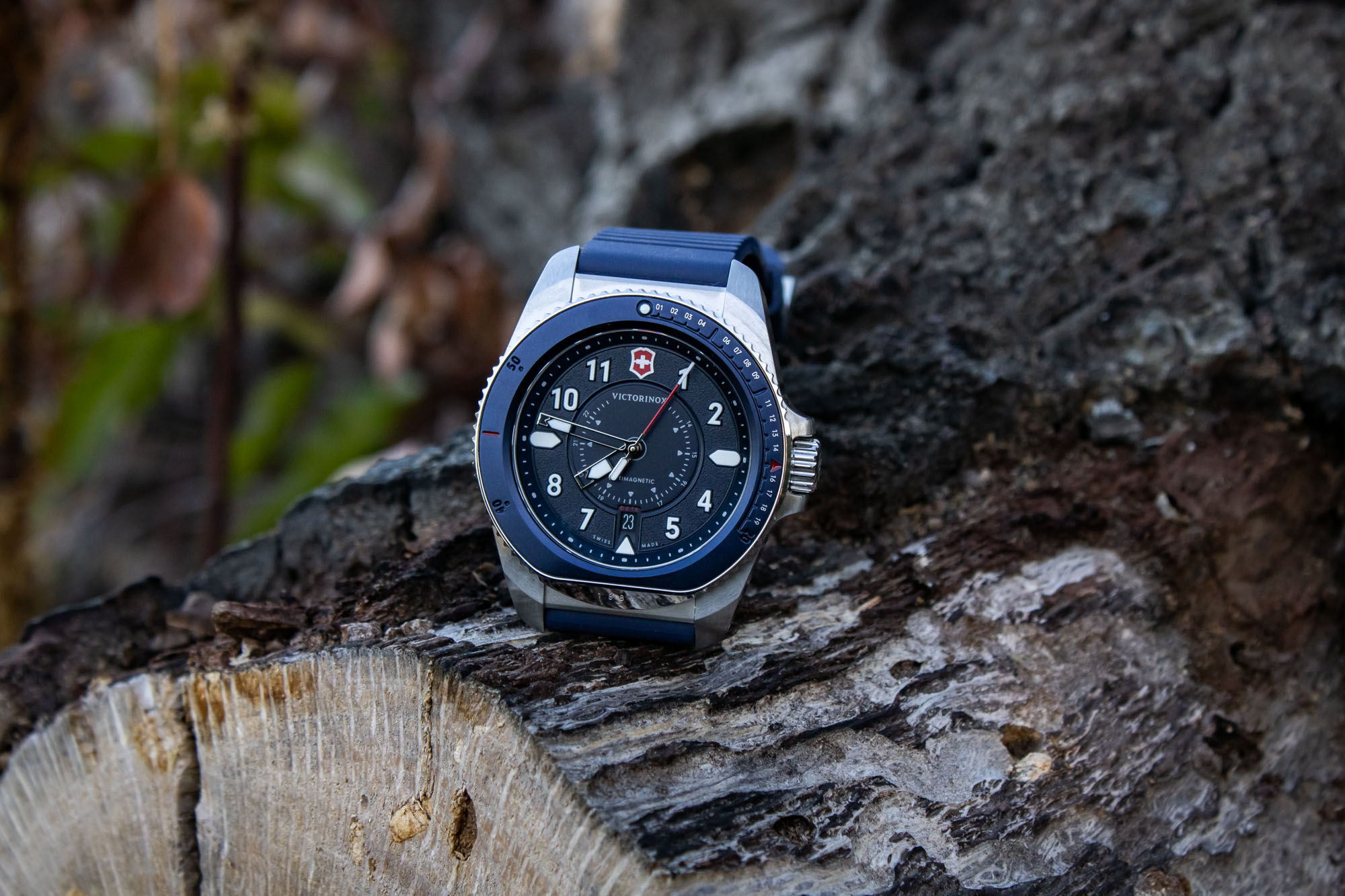
The overall design inspiration for the Victorinox Journey 1884 watches is a mix of hiking, urban adventures, and the company’s legacy of being the manufacturer of the iconic red Swiss Army Knife. However, despite being a watch inspired by a wide variety of different land-based activities, the model itself largely follows the overall platform of a traditional dive watch. Crafted from recycled stainless steel and manufactured in-house by Victorinox, the case of the Journey 1884 measures 43mm in diameter by 12.5mm-thick, with an overall lug-to-lug measurement of 54mm.
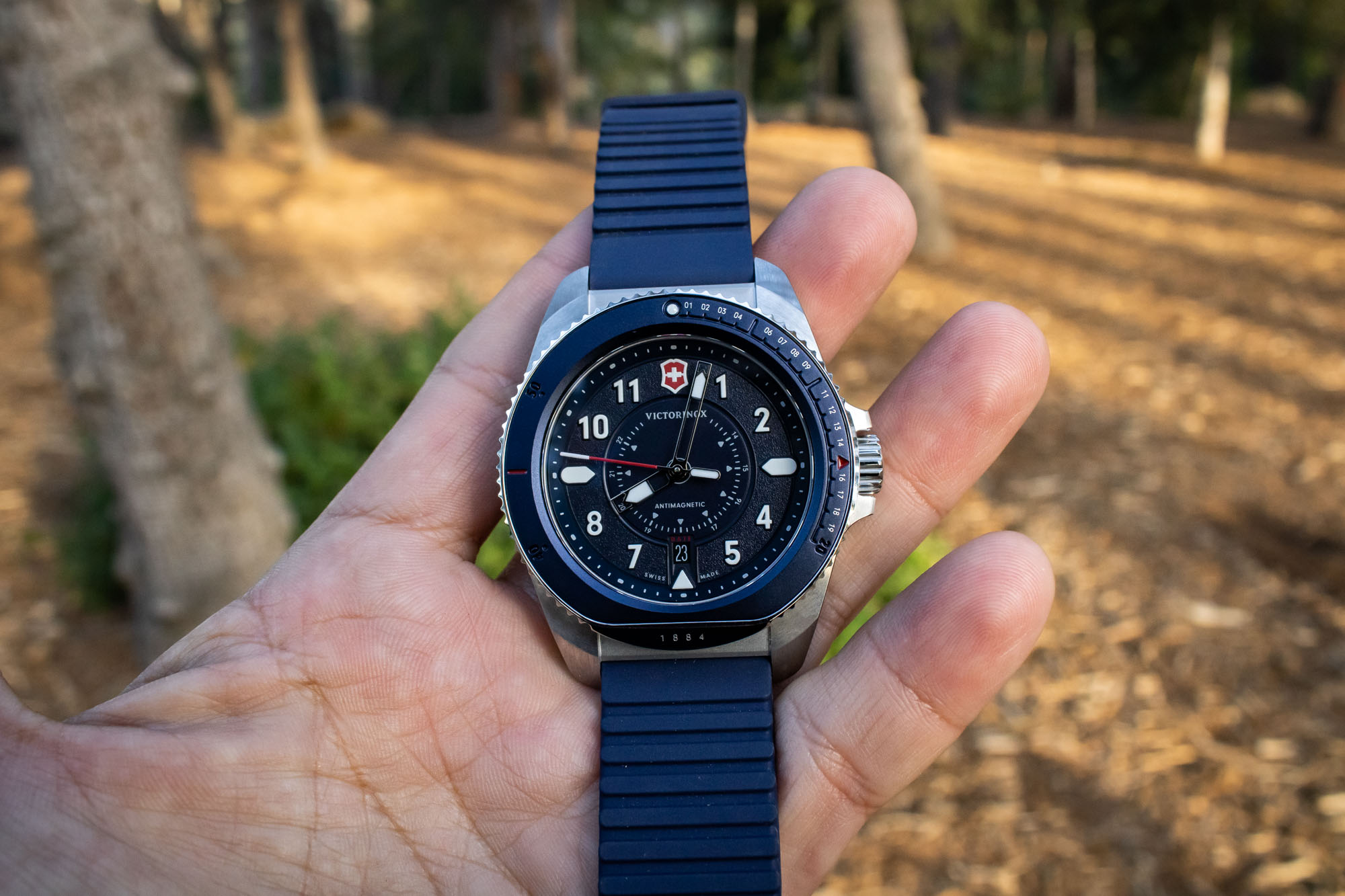
The design of the case is chunky and angular with thick lugs, prominent crown guards, and almost exclusively brushed surfaces, with the only high-polished elements being the crown and a few small highlights on the bezel. Protecting the dial is a flat sapphire crystal, while a signed screw-down crown works together with a screw-down caseback to help provide the Journey 1884 series with a dive-ready 200 meters of water resistance. Although I don’t have the biggest wrists (about 6.75” around the widest part of the bone), the watch is undeniably rather large, and although I personally would have preferred a more compact overall design, some of the size and bulk may be necessary in order to guarantee that the Journey 1884 is shock resistant to ISO 1413 standards.
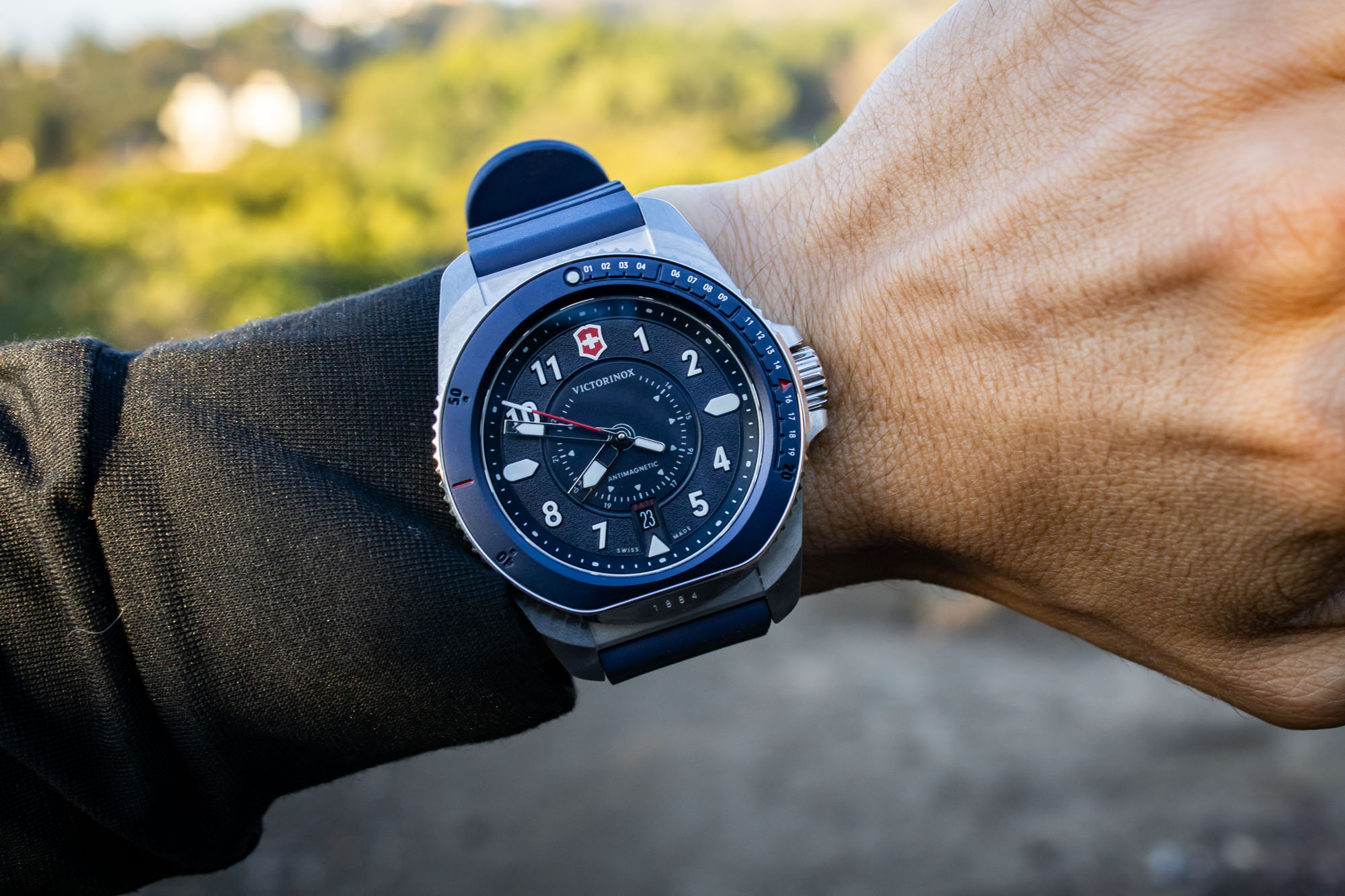
Rather than having a simple fixed bezel like a standard field watch, the Victorinox Journey 1884 features a unidirectional rotating bezel with a 60-minute elapsed time insert. That said, the bezel is one of the more unusual elements on the watch, and the bottom has been cut off at the 30-minute location to give it the appearance of being carved away by a pocket knife. This location receives a glossy high-polish finish with an “1884” engraving as a reference to the year that Victorinox was founded. Additionally, rather than having its depth rating printed on its dial or etched into its caseback, it is rather unusually engraved upon a smooth section along the side of the bezel ring that sits at the 15-minute marker and interrupts the rest of the component’s serrated edge.
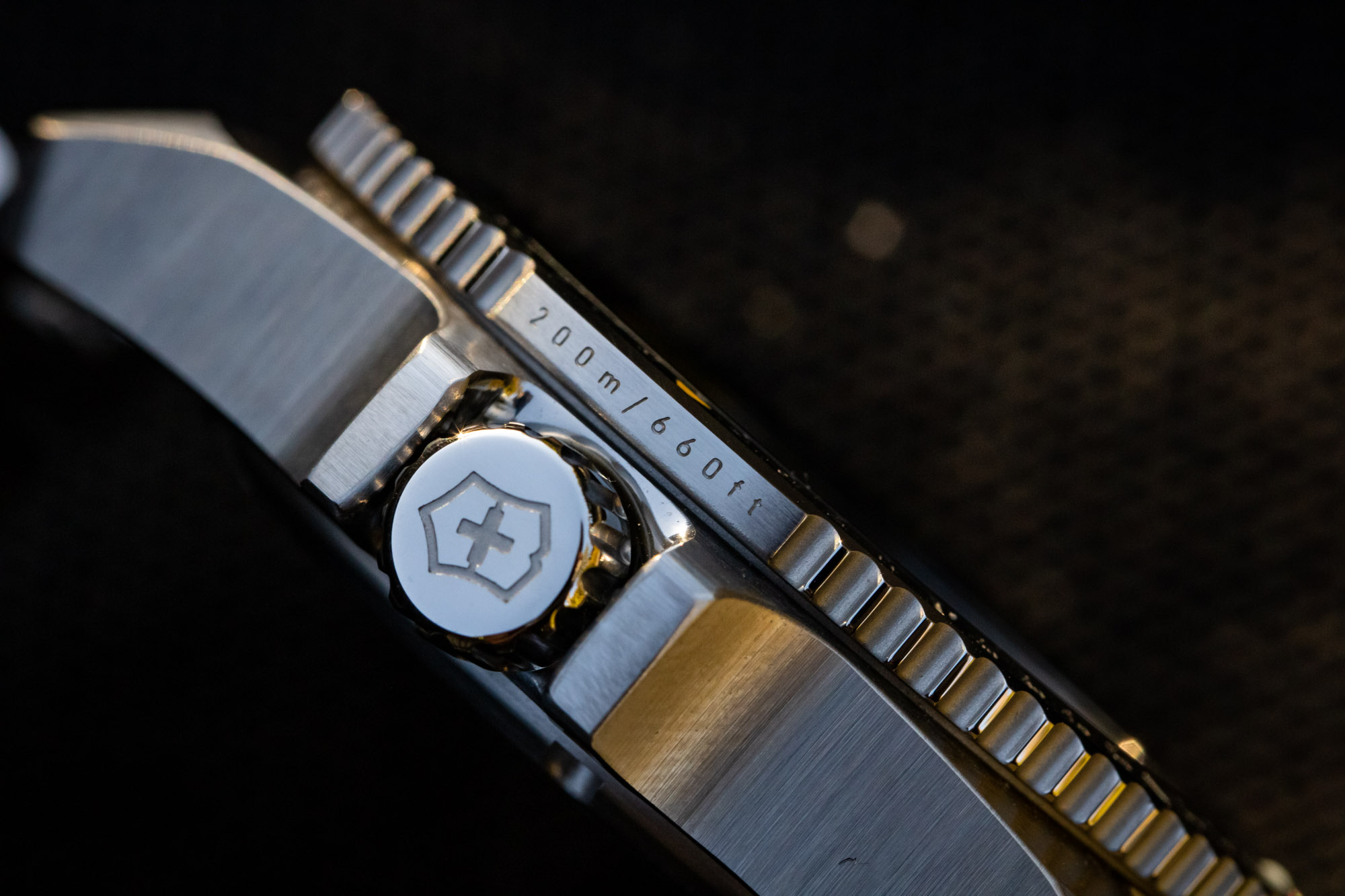
The rather unusual markings don’t stop there, and engraved on the side of the case near the 8 o’clock location is an etching that says “Stainless Steel AISI 316L,” which identifies the specific type of stainless steel used for the case. While this particular grade of stainless steel makes up the majority of what is used throughout the watch industry, this engraving is intended to play into the rather industrial design of the watch and draw attention to the fact the case of the Journey 1884 is made from recycled stainless steel components that contain anywhere between 50% and 90% reclaimed material.
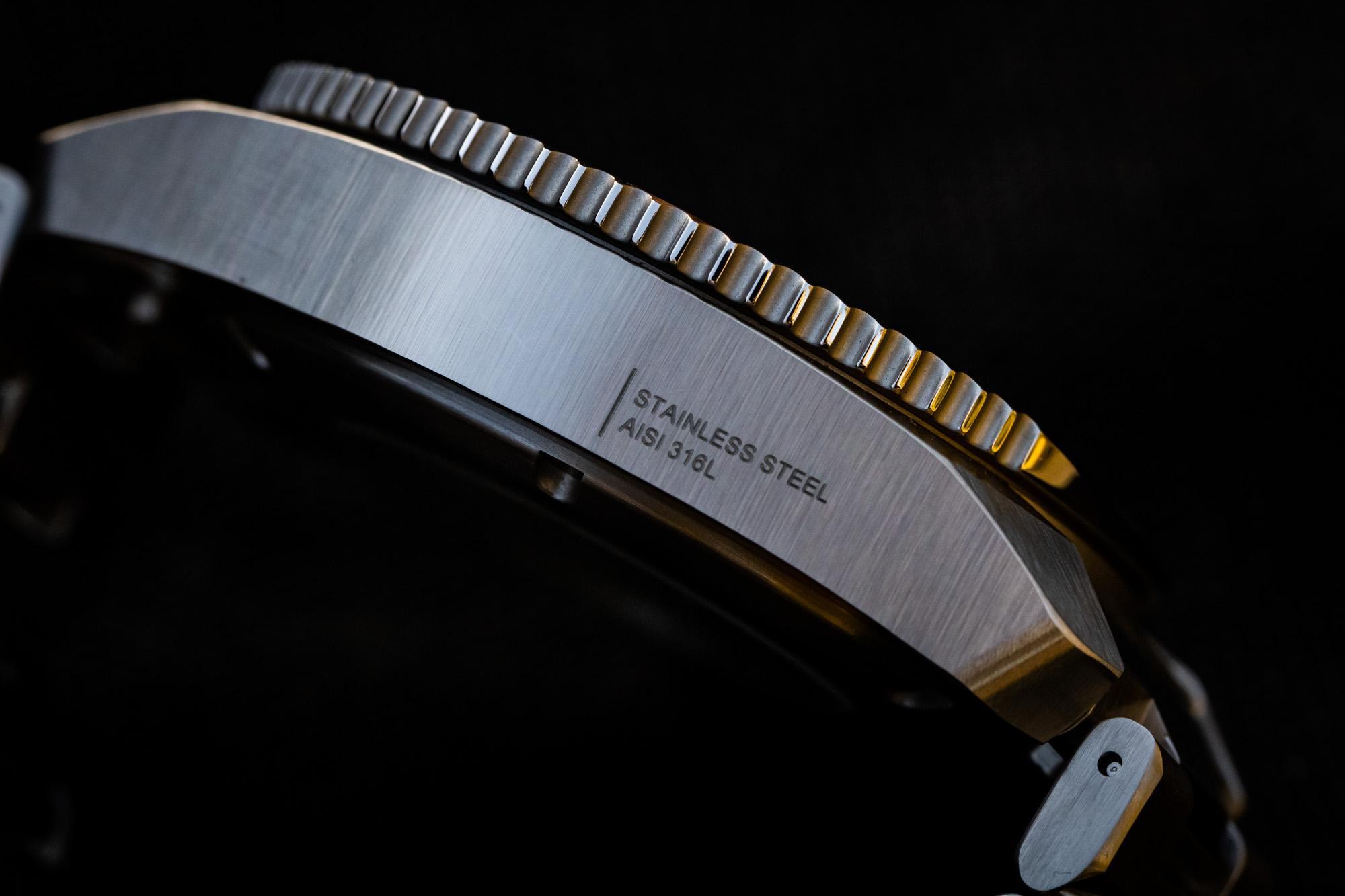
Victorinox offers the Journey 1884 in either quartz or automatic configurations, and while the core design of the watches is largely the exact same, there are a few small but important differences between the two versions beyond just the movements used to power them. While the quartz version features a solid stainless steel caseback and a bezel insert made from aluminum, the automatic model is fitted with a display caseback and has a bezel insert made from ceramic. The quartz model is the more utilitarian and sporty option between the two that is largely inspired by the outdoors, while the automatic version is a slightly more refined expression of this concept that combines this same core aesthetic with an added dose of inspiration from urban adventures and city travel.
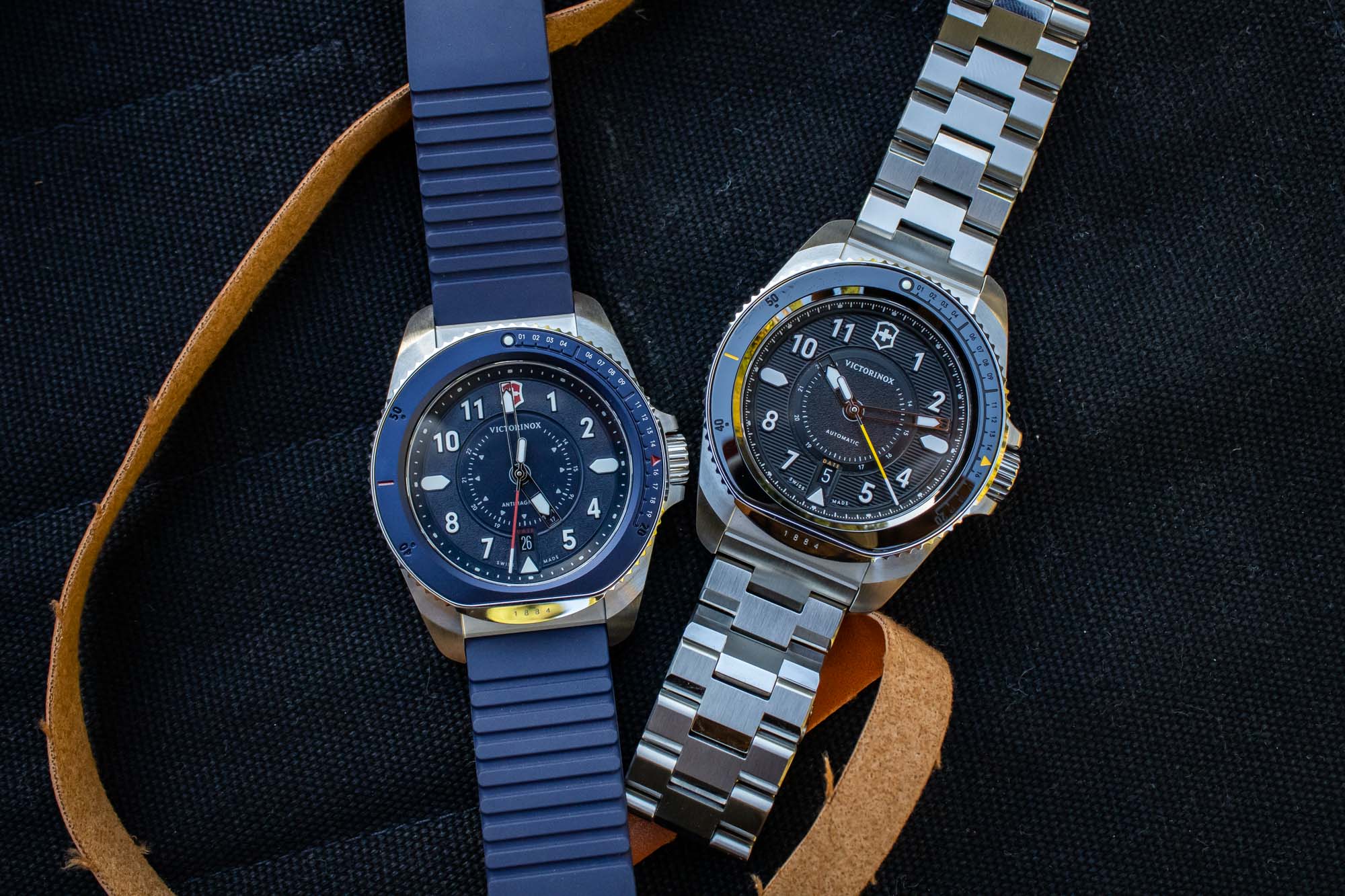
The specific movements used to power the two watches are the Ronda 715 for the quartz variant, while the automatic version receives the Sellita SW200-1, which runs at a frequency of 28,800vph with a power reserve of approximately 38 hours. Both Swiss-made movements are very much known quantities within the industry, and since the quartz version is the more utilitarian option between the two models, it also benefits from magnetic protection in accordance with ISO 764 standards.
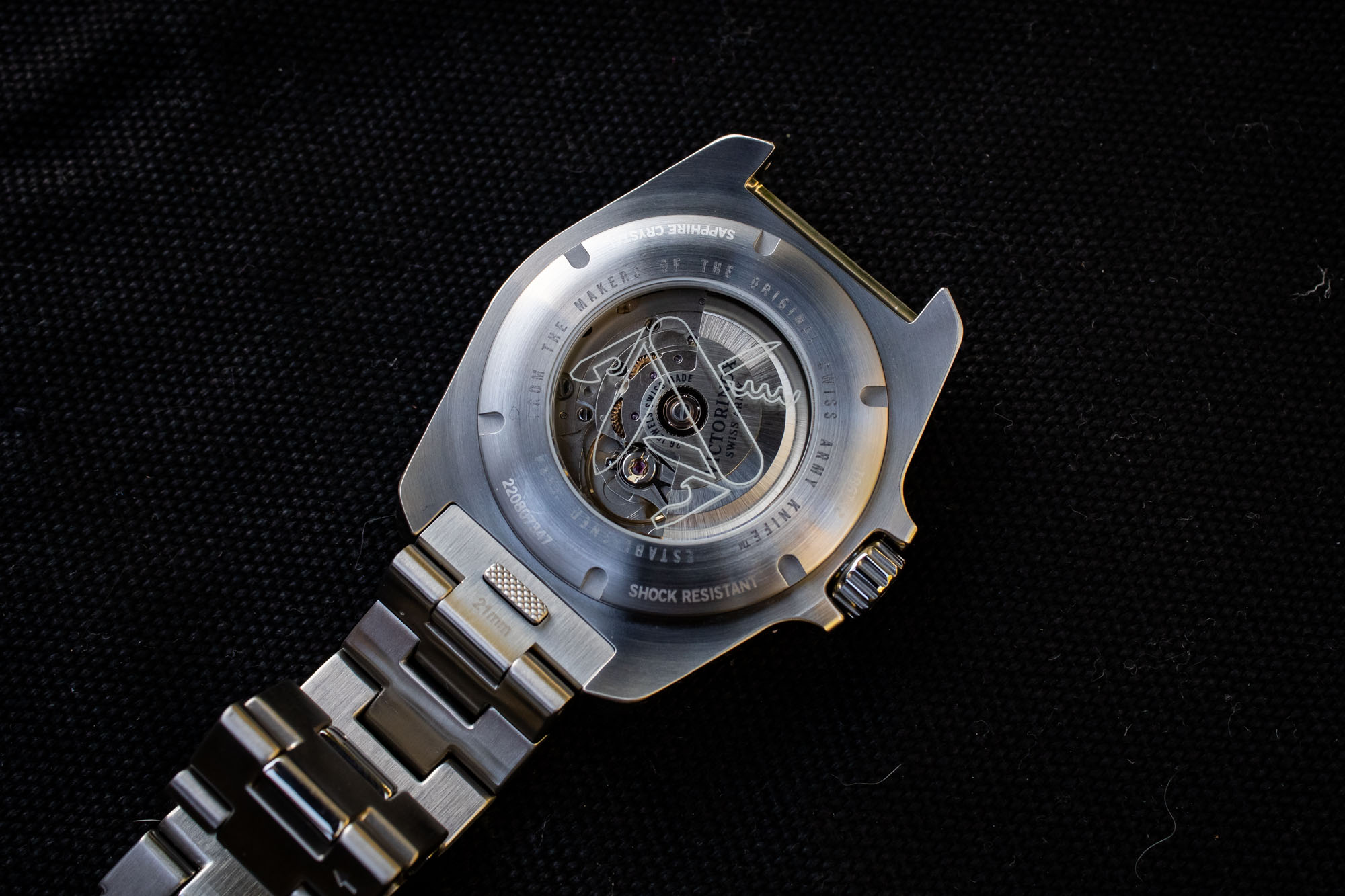
The dial of the Victorinox Journey 1884 is a three-dimensional and textural creation that is packed full of small design elements that are intended to further its connection to the Swiss hiking trails that serve as its design inspiration. The shape of the skeletonized hands is inspired by the trail signs found throughout the region, while the luminous counterweight on the seconds hand appears in the elongated oval shape of the brand’s famous Swiss Army Knife. The center section of the dial features a granular texture that is intended to be a reference to the unpaved ground of hiking trails, and printed along the periphery of this section is an additional hour scale for reading the time in a 24-hour format. Separating this inner section from the rest of the dial is a thin engraved ring, followed by raised Arabic hour markers with geometric shapes at the cardinal points and the Victorinox logo at 12 o’clock.
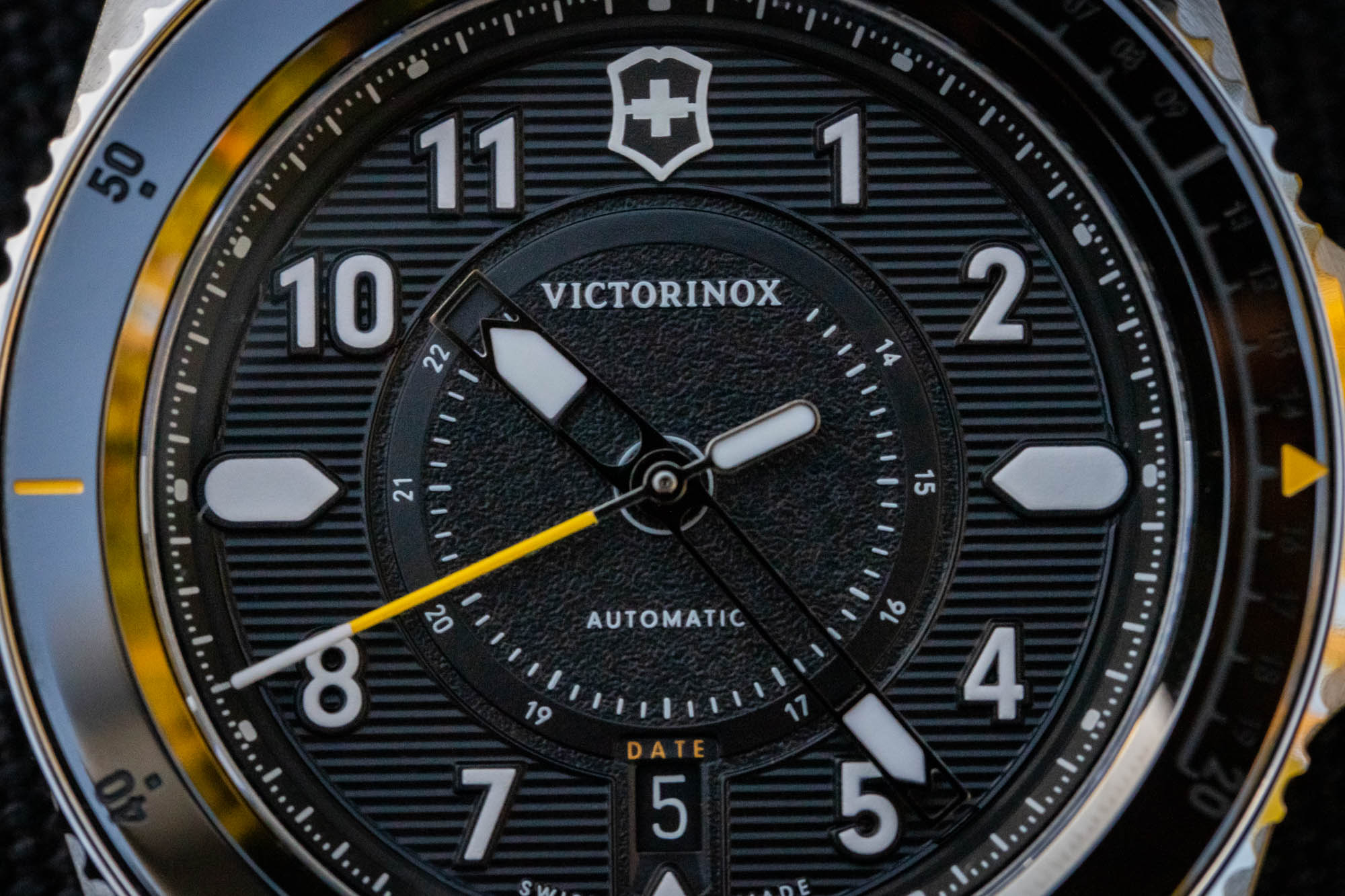
At 6 o’clock sits a date window, and all three of the hands, along with each one of the hour markers, plus the pip on the bezel insert, and even the Victorinox logo on the dial receive green-glowing Swiss Super-LumiNova for added legibility in the dark. Surrounding the dial is an angled rehaut that contains the minute track, and while the dials fitted to the quartz and automatic models are largely the same, the section containing the hour markers features the same granular texture on the quartz version, while the automatic model receives engraved horizontal lines that further play into its more urban-oriented aesthetic. Similarly, while the quartz watches receive small accenting highlights in red, the automatic versions have these same details in bright yellow.
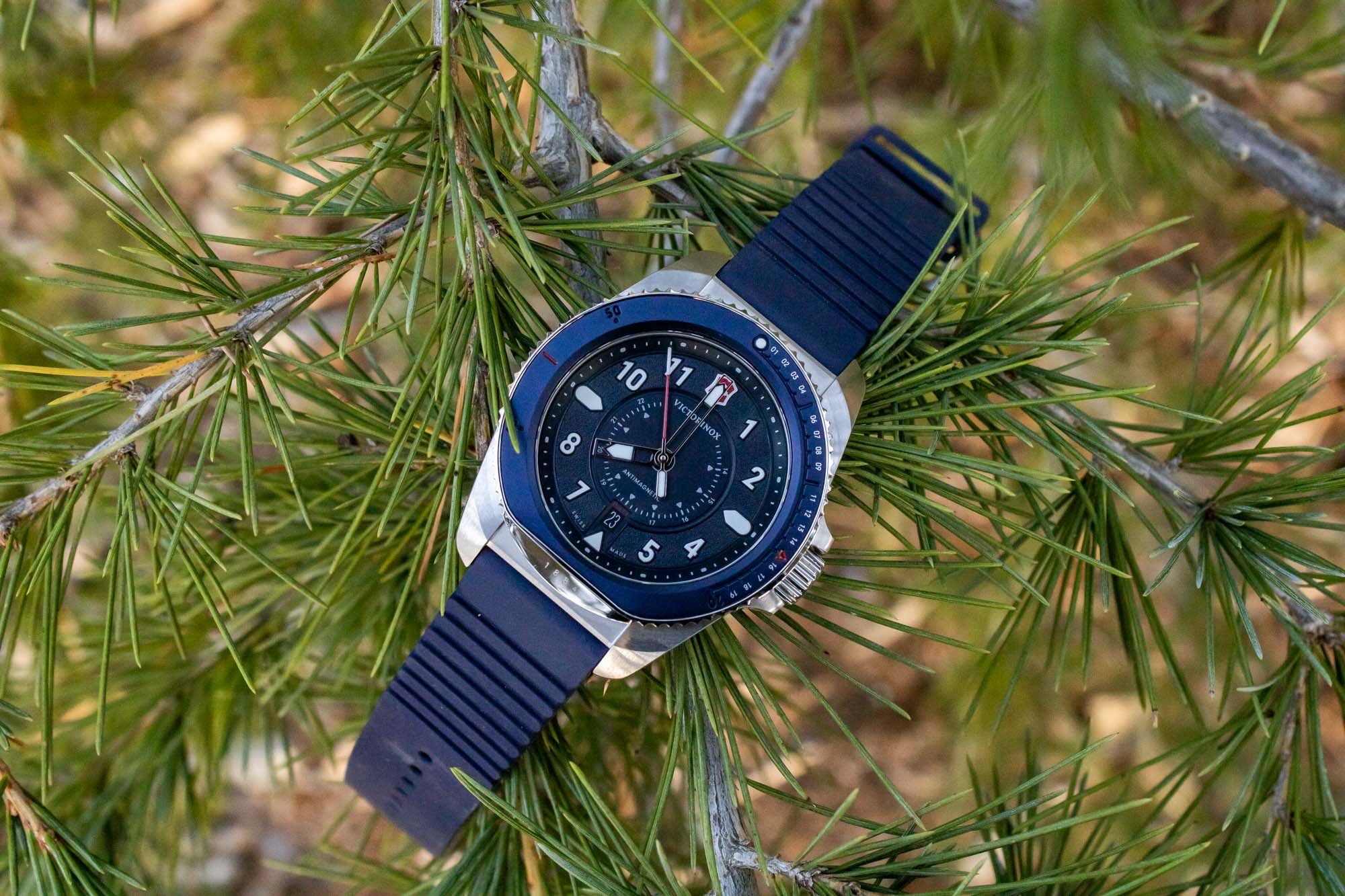
Victorinox produces a fairly wide variety of different straps and even a metal bracelet for the Journey 1884 series, and all of the various options attach to the 21mm lugs using a tool-free quick-release system with the intention being that users can quickly change their strap to suit their activity or environment. The two samples I received for review are fitted with the rubber strap and the metal bracelet, and while both options are of reasonably high quality and more than serviceable, I do have my minor nitpicks with both of them. The rubber strap is flexible and comfortable with plenty of sizing holes and a nicely signed buckle, but the slightly sticky texture of the material itself can make putting it on and off somewhat difficult, especially when trying to work the end through the two rubber keepers. Meanwhile, the solid link bracelet is hefty and features a nicely engraved clasp, but the links are held together by pins rather than screws, and the butterfly-style double fold-over clasp doesn’t offer any options for micro-adjustment if you happen to be between link sizes. Additionally, due to the way that the end links extend past the tips of the lugs, the actual perceived lug-to-lug measurement jumps all the way to 60mm when the Victorinox Journey 1884 is worn on its included bracelet.
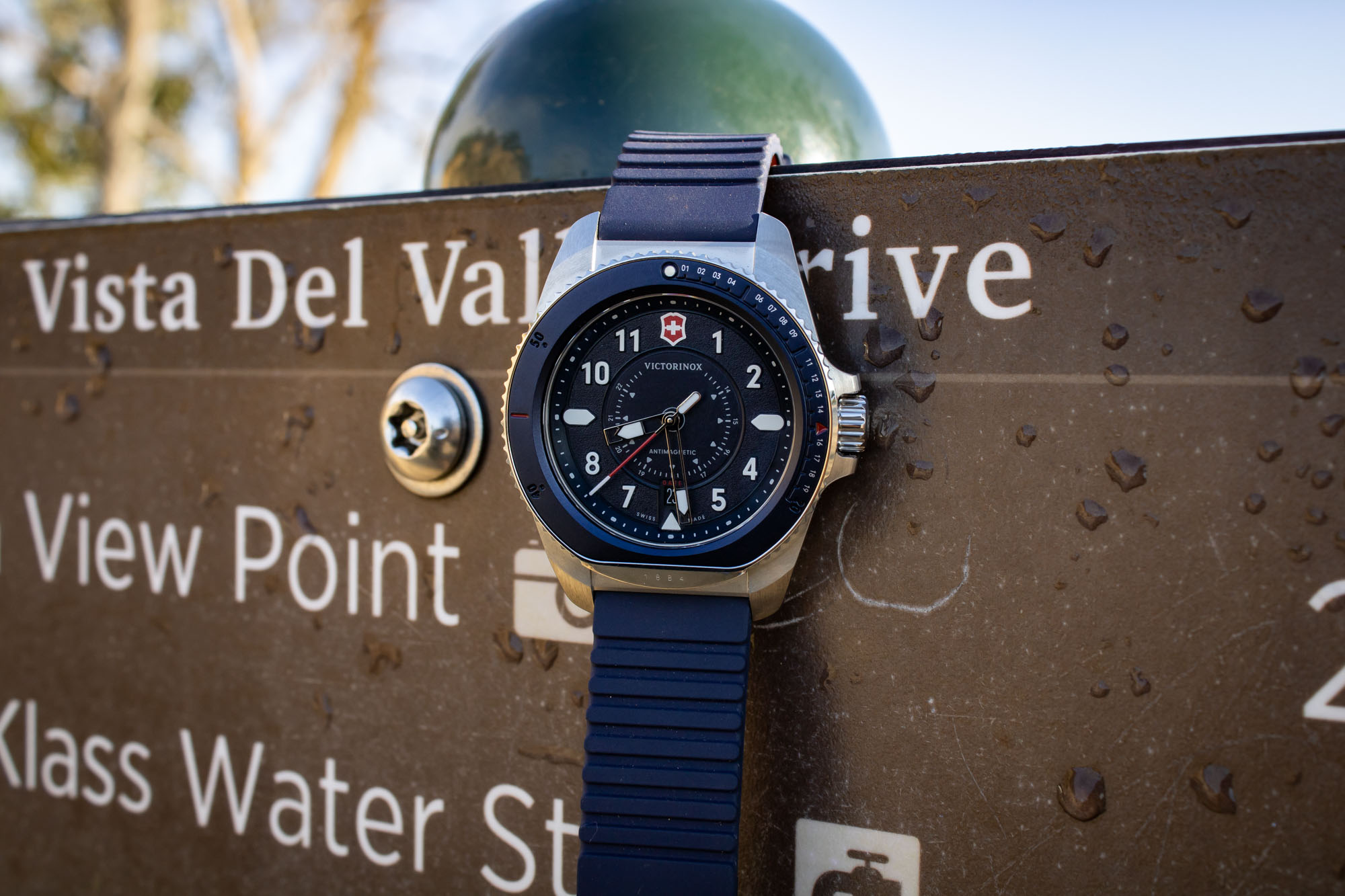
Since the quartz model is intended for the outdoors, I decided to take it for a hike through Griffith Park, and while it is about as large of a watch as I can reasonably wear on my wrist, it is quite comfortable and the ample water resistance meant that I had zero hesitations getting it wet while giving my dog some water or messing around and looking at some crayfish in the small creek that runs through the southern side of the park. Meanwhile, since the automatic version is inspired by urban adventures, I wore it around town running a few errands and walking my dog. The automatic model on the included metal bracelet is noticeably heavier than the quartz version on the rubber strap, and while I did find the bezel useful to keep track of the time remaining at a parking meter, the 60mm presence that the bracelet creates on the wrist simply makes the watch too large to be my everyday timepiece. That said, given how easy it is to swap between the various straps and bracelets, it’s not like you’re going to be stuck with any one particular option, although the 21mm lugs do slightly limit the number of third-party straps that are available.
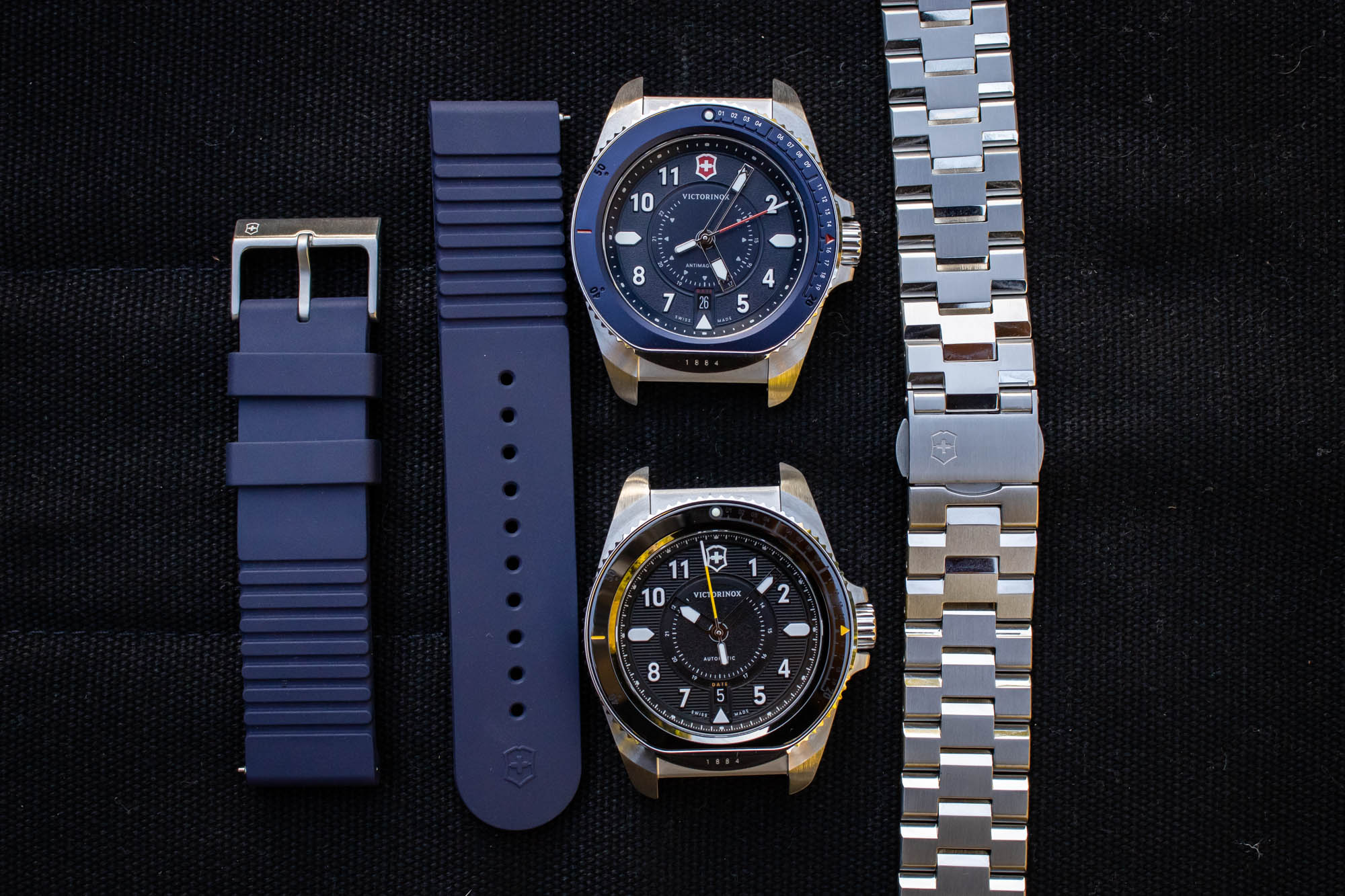
I very much like the concept of a utilitarian watch built for hiking and outdoor adventures, although I’m still making up my mind about some of the more unusual aesthetic embellishments on the Victorinox Journey 1884. The date window is labeled “Date” above it, and while this isn’t necessarily my favorite design decision, it is also in line with the various other industrial markings on the watch, such as the material engraving on the side of the case and the depth rating along the rim of the bezel. While none of these small aesthetic markings detract from the functionality of the watch, the cutaway section on the bezel does make it rather difficult to accurately time anything between 25 and 35 minutes. Additionally, while a bidirectional bezel may have been more useful for most land-based activities, the decision to make it unidirectional may have been done so that the Journey 1884 could function as a proper dive watch, despite not specifically being designed for that purpose. Beyond that, there is also just a lot of different inspirations incorporated into the design of the watches, such as hiking trails, industrial manufacturing, urban city architecture, and even the brand’s own signature pocket knife. Without any context, some of these various design decisions might be slightly confusing to buyers; however, they undeniably help separate the Journey 1884 series apart from divers and field watches, and they collectively give the lineup its own distinct appearance.
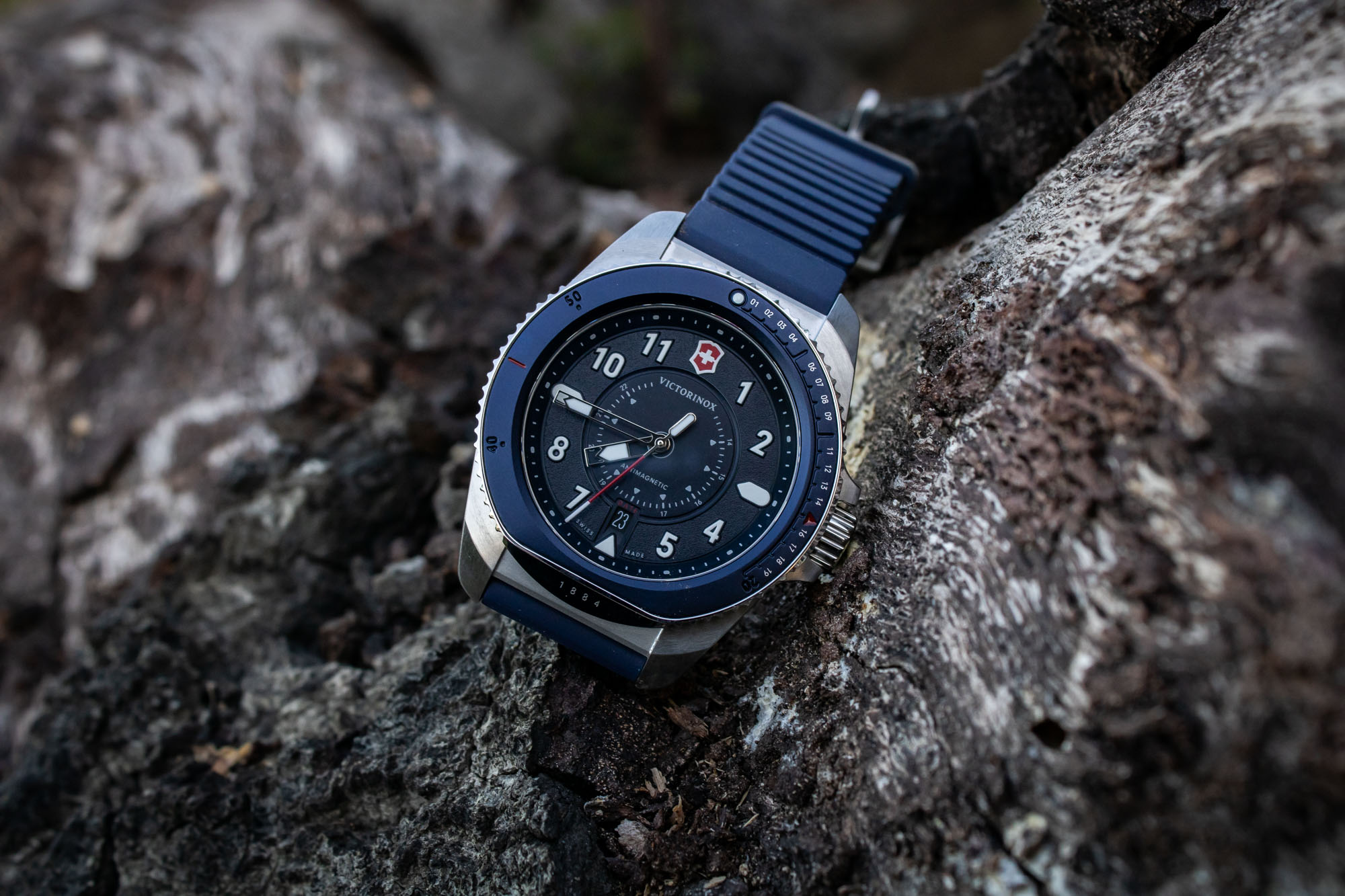
Prices for the Victorinox Journey 1884 watches are dependent on both the movement powering them and the type of strap or bracelet fitted to their cases, and the two watches featured in this review represent the two polar opposite sides of the spectrum. The quartz version on a rubber strap represents the point of entry with an official retail price of $525 USD, while the most expensive option will be the automatic version on a matching stainless steel bracelet, which is accompanied by an official retail price of $1,050 USD. Although one of these is quite literally twice the price of the other, it’s important to remember that the actual difference is really just $525, which is not an unreasonable premium for a Swiss automatic movement, a ceramic bezel insert, a display caseback, and a stainless steel bracelet. Overall, the new Victorinox Journey 1884 collection could best be described as the combination of a field watch and a diver, with a significant emphasis on durability. While some of the design elements are undeniably a bit divisive, I personally think that it’s great to see the concept of a field watch expanded in a more purpose-built and functional direction. For more information, please visit the brand’s website.

